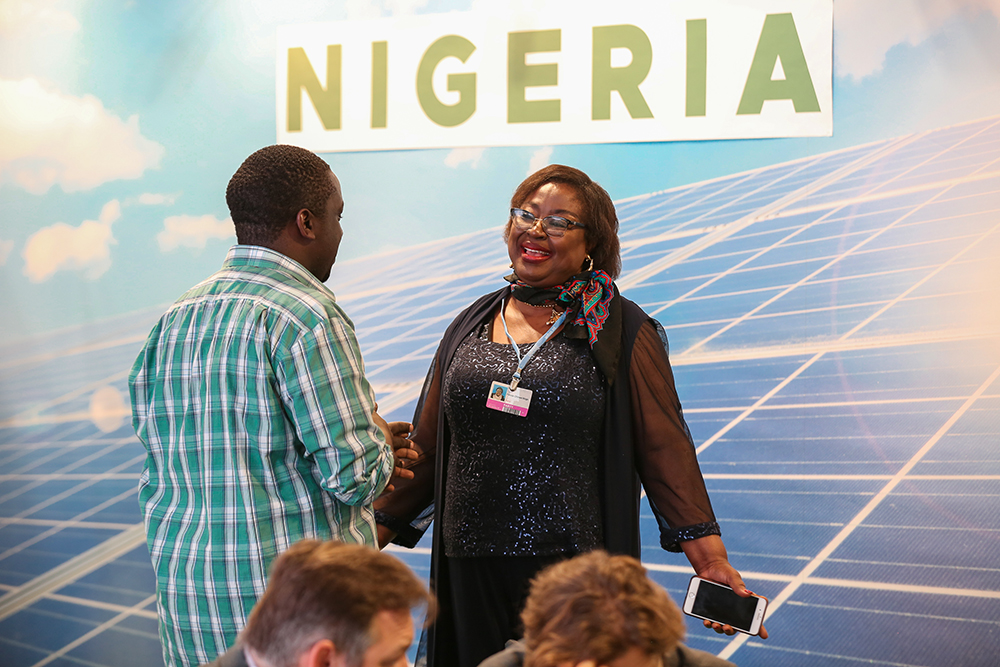Summary
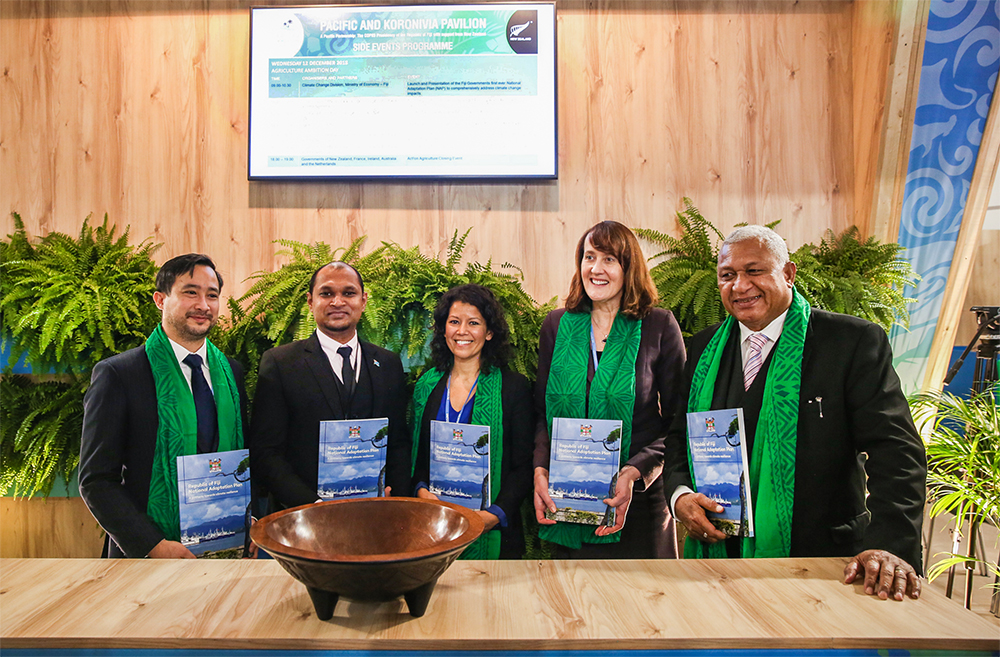
The following events were covered by IISD Reporting Services on Wednesday, 12 December 2018:
Photos by IISD/ENB | Natalia Mroz / Diego Noguera
For photo reprint permissions, please follow instructions at our Attribution Regulations for Meeting Photo Usage Page
Launch of Fiji’s First National Adaptation Plan
Presented by the Government of Fiji in collaboration with the National Adaptation Plan (NAP) Global Network

This side event convened to launch and illustrate Fiji’s new NAP, which sets out the country’s long-term ambitions for building the island’s resilience to climate change, and was developed with support from the NAP Global Network.
Moderator Ilisapeci Vakacegu, Fiji, opened the event.
Frank Bainimarama, Prime Minister, Fiji, and COP 23 President, highlighted that the first Fijian NAP encompasses a holistic adaptation strategy with a vision to achieve a climate-resilient development pathway, which enables Fiji to anticipate, reduce, and manage environmental and climate risks caused by climate variability. He underscored the need to address Fiji’s challenges, citing the devastating impact of the 2016 Tropical Cyclone Winston, including through: ensuring a systematic approach in all decision-making processes, with a focus on fisheries, biodiversity and agriculture; strengthening multi-stakeholder collaboration; relocating communities threatened by sea level rise; and mobilizing adequate resources for adaptation. Stressing the need to address the root causes of climate change, Bainimarama said that Fiji and the Marshall Islands were the first two nations in the world to commit to increase their nationally determined contributions (NDCs). He concluded by highlighting his hope that this NAP will become an unstoppable force for accelerating climate action in the country and beyond.
Patricia Fuller, Ambassador for Climate Change, Canada, said that the country assisted small island developing states (SIDS) and coastal regions combat the impacts of climate change during its G7 Presidency in 2018. She highlighted Canada’s commitment on climate finance totalling CAD 2.65 billion over five years, as a way to increase collective commitment to and actions on climate change in developing countries. She highlighted Canada’s CAD 4 million contribution to the NAP Global Network to help facilitate peer learning and exchange, build capacities of developing countries to implement NAPs, and promote implementation of the Paris Agreement. She added that Canada has also provided CAD 30 million to the Least Developed Countries Fund (LDCF) for adaptation projects, administered by the Green Environment Facility (GEF), and an additional CAD 10 million to support the improvement of early warning systems in some of the most vulnerable communities. Fuller underscored the importance of addressing the health of oceans, saying that oceans play an important role in “regulating” the global climate system. Congratulating Fiji for the launch of their NAP, she called for enhanced continued support for implementing the NAP, which, she said, would be a great input to the Talanoa Dialogue.
Anne Hammill, International Institute for Sustainable Development (IISD) and the NAP Global Network, presented on the importance of the NAP processes as the foundation for transformation, addressing the urgency of acting upon adaptation through driving coordination and scaling up actions. She outlined the NAP Global Network’s work on: facilitating sustained South-South peer learning and exchange; supporting national-level action by providing technical support to countries; enhancing bilateral cooperation; and communications and knowledge production. Noting that more than 116 countries have joined the NAP Global Network and that 31 countries have received direct technical support, Hammill stressed the Network’s crucial role in the NAP development process and its implementation. She concluded by highlighting that Fiji’s ambition to develop its NAP demonstrates how countries can move from vision to defining priorities on adaptation.
Adrian Fenton, Fiji and IISD, stressed that the NAP document was developed through extensive consultation with Fijians, and reflects their priorities for adaptation action that will preserve Fiji’s society, economy, and way of life. He outlined its five priorities on: climate change management; horizontal integration; vertical integration; climate change awareness and knowledge; and resource mobilization. He also described the NAP development process, which involved multi-stakeholder consultations in Fiji, facilitated identification of adaptation challenges in local communities, and gaining common understanding among stakeholders that adaptation entails ensuring the resilience of communities. He concluded by emphasizing the importance of ensuring that the NAP becomes a catalogue for all climate actions contributing to the Sustainable Development Goals (SDGs).
In the ensuing discussion, panelists, responding to a question about the important linkages of the Fiji’s NAP with other areas such as desertification, explained that relevant international frameworks, such as the Sendal Framework for Disaster Risk Management and Biodiversity Action Plans, are already integrated into Fiji’s NAP. In concluding remarks, Shivanal Kumar, Fiji, thanked all partners for their contribution to the successful launch of Fiji’s NAP, and called for further support to deliver its effective implementation.

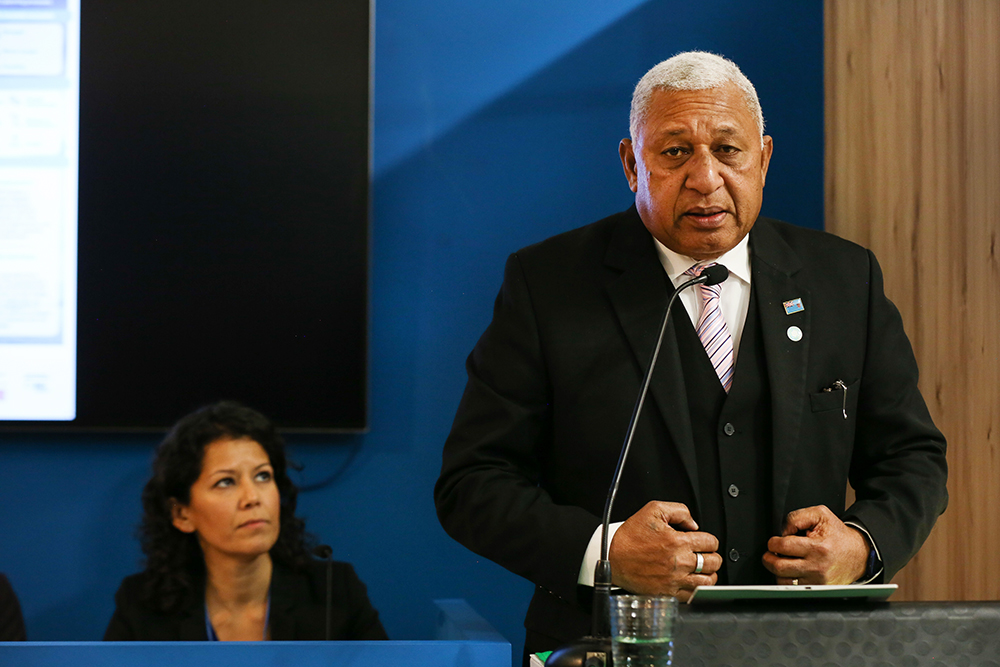
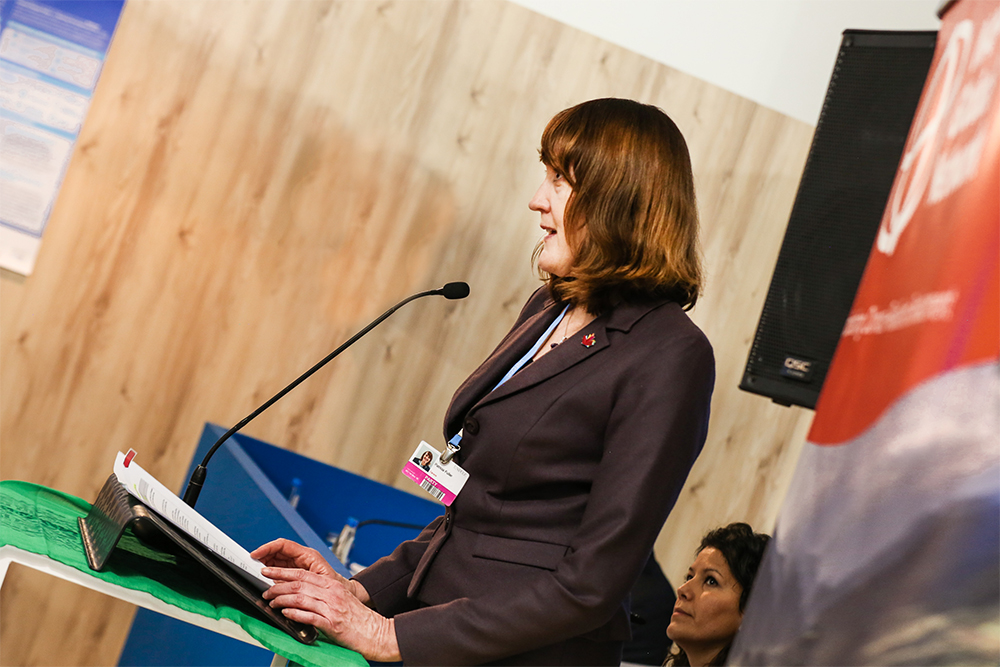
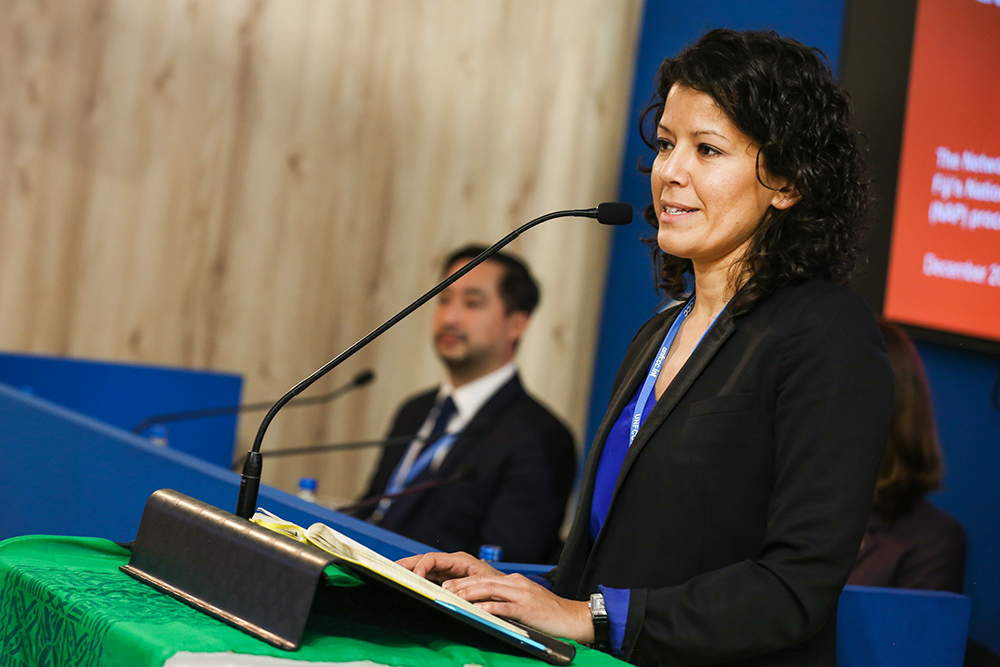
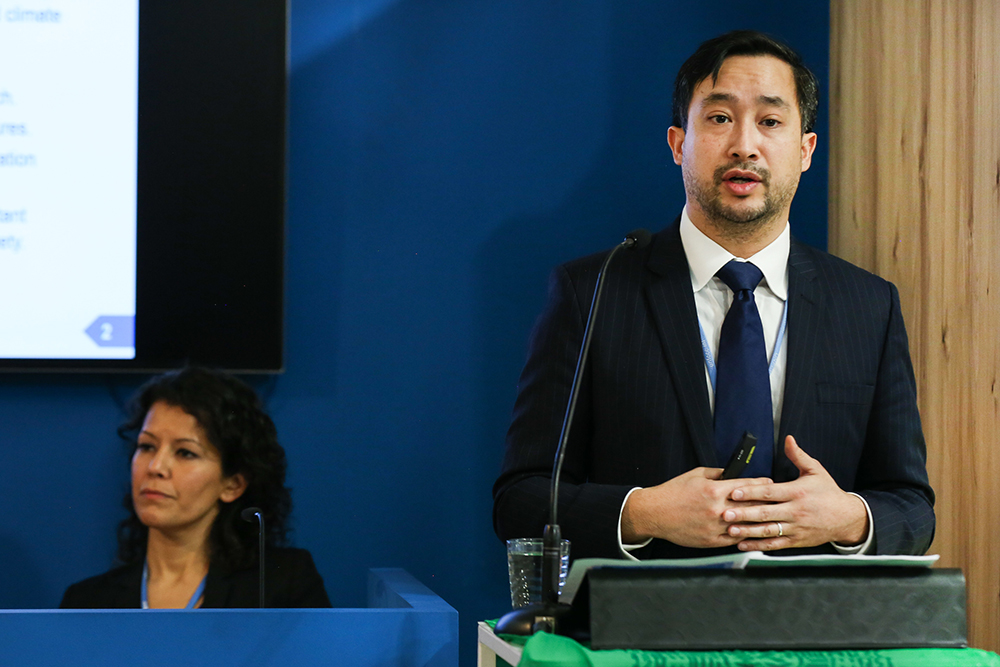
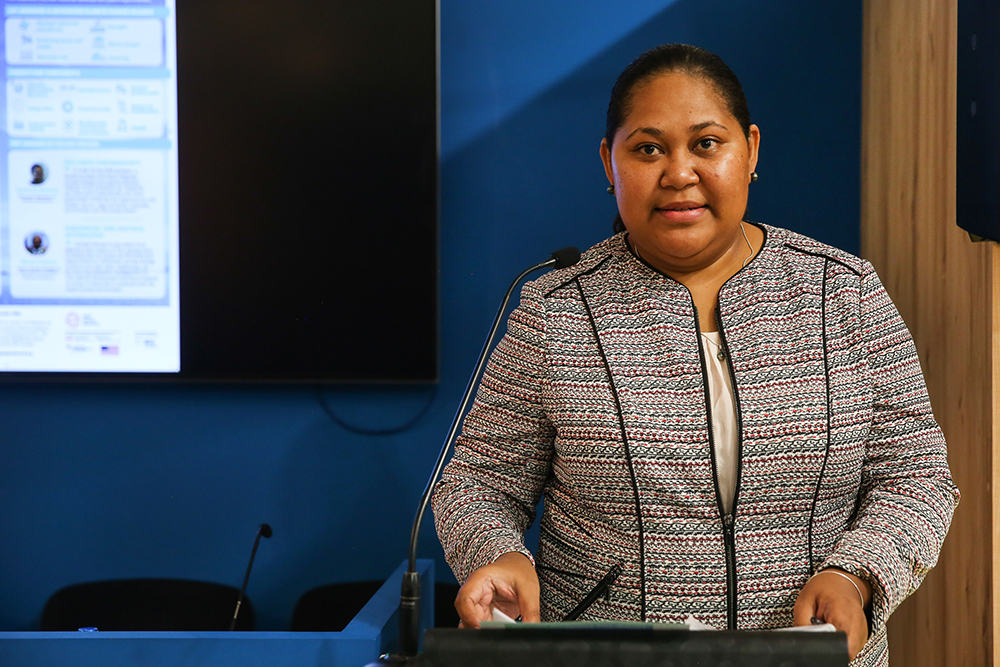
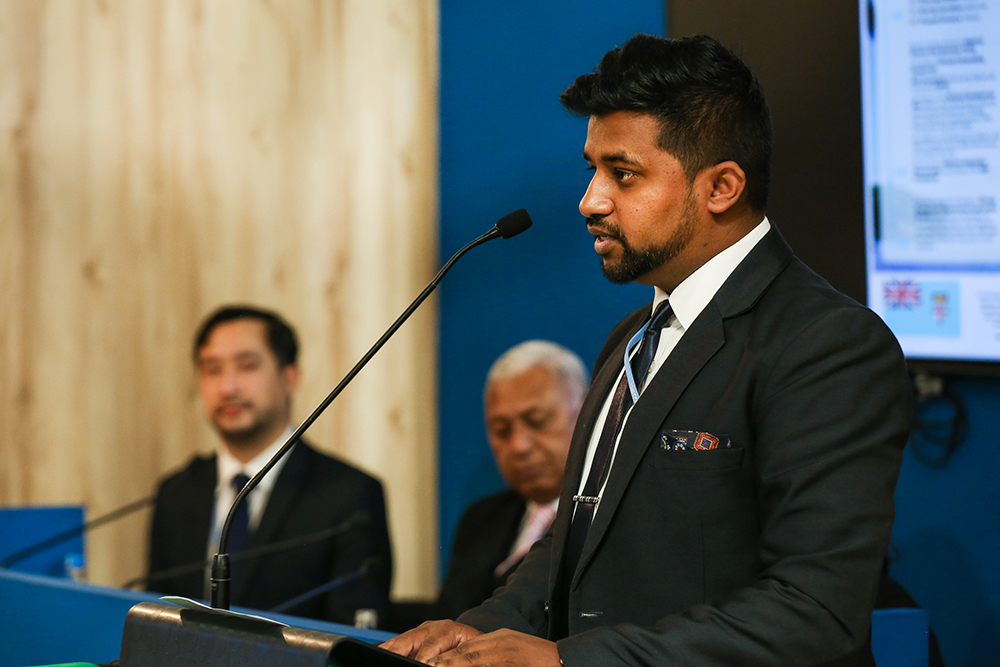

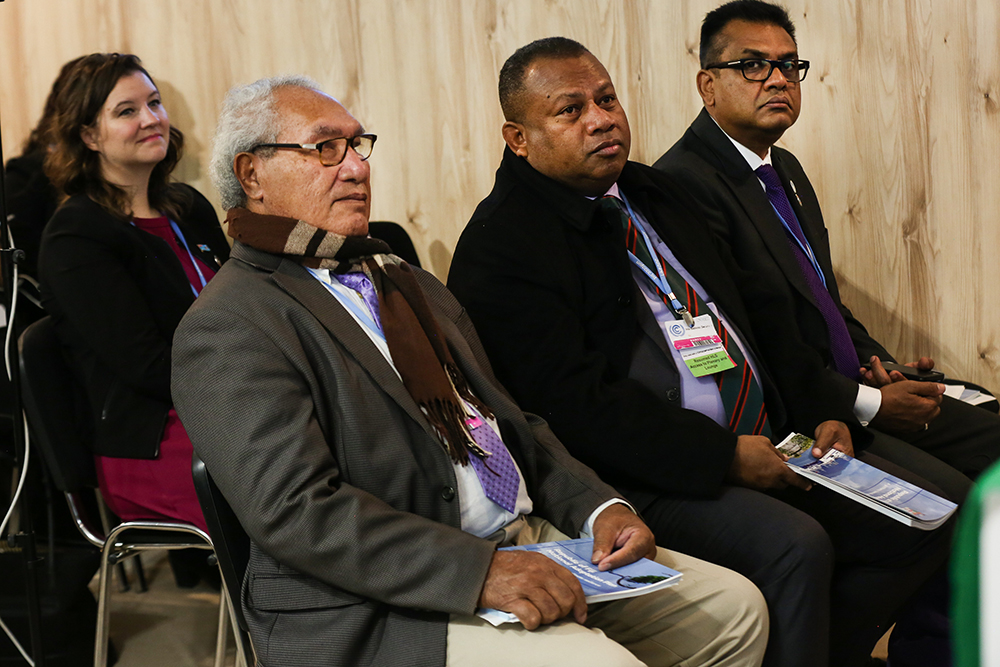
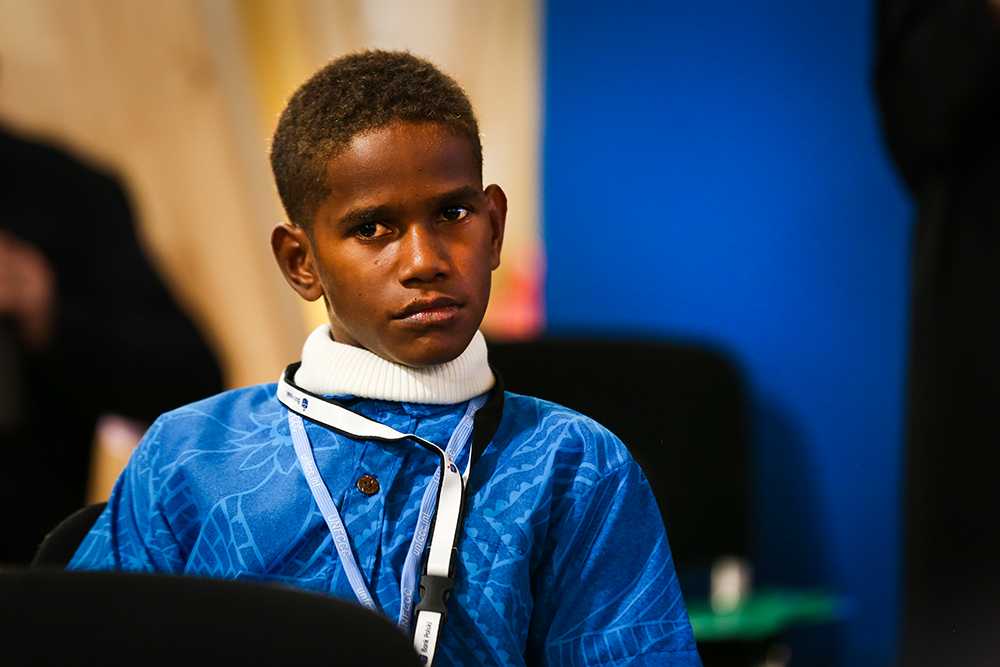
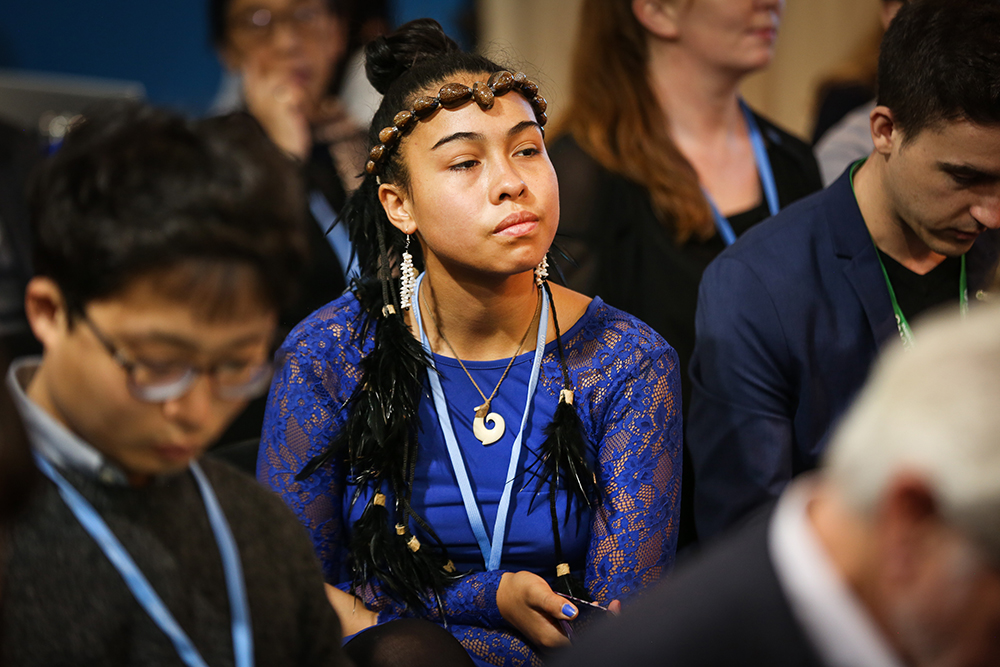
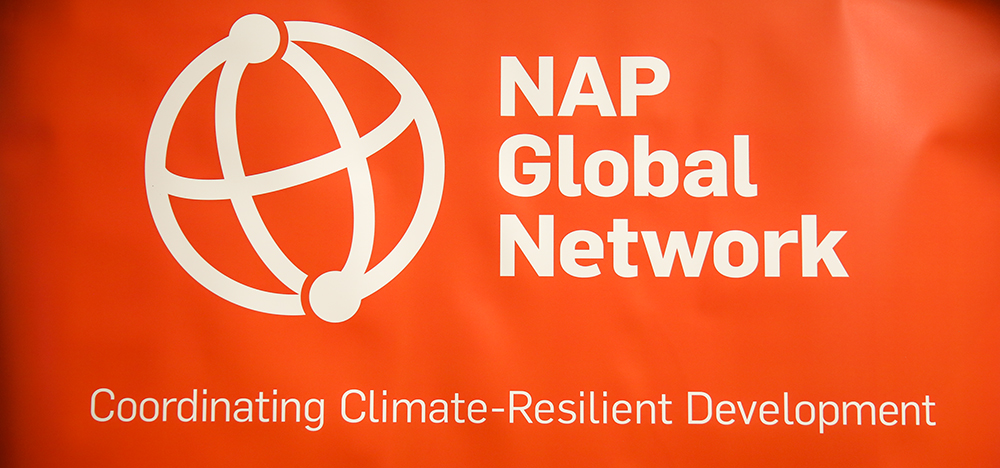
Forests First – From 10 Years of REDD+ to the Full Scope of Nature-Based Climate Solutions
Presented by the UN-REDD Programme
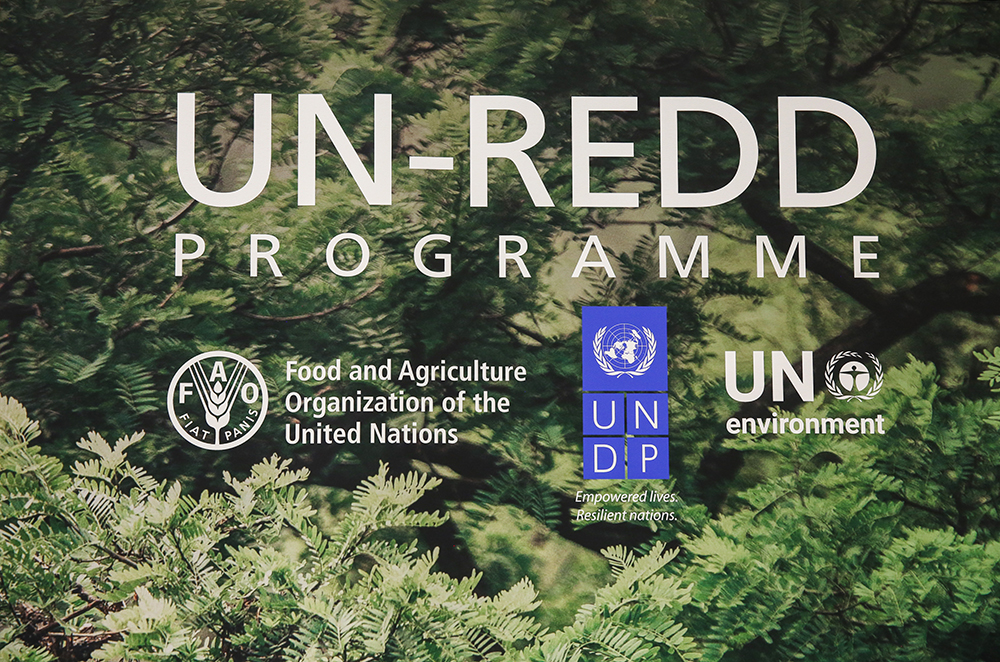
Posted by IISD Reporting Services on Thursday, 13 December 2018
The side event presented forests as the leading front in nature-based climate solutions, building on 10 years of wide-ranging work around REDD+. Informed by the expertise of practitioners in a variety of fields, the event highlighted partnerships for transformative policy reform, innovative financial instruments, and emerging technologies that contribute to forest conservation and restoration.
Mario Boccucci, Head, UN-REDD Programme Secretariat, moderated the event.
Maria Helena Semedo, Deputy Director-General, Food and Agriculture Organization of the UN (FAO), noted that forests constitute the most powerful and cost-effective solution to climate change, stressing that in order to achieve the Sustainable Development Goals (SDGs) by 2030, actions to strengthen resilience and adaptive capacity at the community level must be accelerated and scaled up. She mentioned that one quarter of greenhouse gas (GHG) emissions comes from land use, highlighting its capacity to be part of the solution through carbon sequestration. Semedo underscored that halting deforestation and fostering sustainable management of forests is important for meeting SDGs 13 (climate action) and 15 (life on land), and stressed the importance of sharing information and experiences, innovations in technology and finance, and partnership, and called for unlocking the potential for nature-based climate solutions sooner rather than later.
Fabiola Muñoz Dodero, Minister of Environment, Peru, noted that REDD+ puts the focus on the important values that forests provide for people and systems, and brings civil society, indigenous peoples and other relevant stakeholders together to work towards a common goal. She highlighted that REDD+ projects have helped Peru finalize their process of land titling for indigenous peoples. She highlighted that in Peru’s climate agenda, forests take up half of the discussions and underscored that managing forests creates shared value for the people, especially to communities involved in its management. She noted that sustainable investment is needed, and expressed her hope that forests can be a central part of political discussions in the coming years in Peru.
Sveinung Rotevatn, Deputy Minister for Climate and Environment, Norway, stressed that there is no solution to climate change without improving the way forests and land are used, pointing to an opportunity to reduce GHG emissions across all landscapes. He noted that the technologies for protecting forests are known and cost-effective but need to be scaled up through enhanced public policies, land regulations and fiscal incentives. He stressed the need for global agrobusiness to eliminate deforestation from their supply chains and the need to keep governments and businesses accountable.
David Saah, Associate Professor and Director of Geospatial Analysis Lab, University of San Francisco, noted that the challenges related to the collection of forest and land-use data include image resolution from satellites, getting field access, and the mapping of complex environments. He noted that with new technologies, these challenges can be tackled by analyzing remote sensing data from one location by one person. He explained that the accessibility of data has been increased and introduced the Collect Earth Online platform, which allows to better capture forest inventories, collect transparent reference data, create land cover maps, and summarize and distribute those data.
Roselyn Fosuah Adjeh, Ag. Director Climate Change Directorate at Forestry Commission, Ghana, talked about South-South cooperation and shared experiences with other countries in Africa, stating that Ghana has had successes through learning experiences. She noted that these partnerships have helped them build a national forest monitoring system, and strengthen political will. She gave an example of lessons learned from Sudan’s progress in putting in place structures to enhance the gum arabic value chain and highlighted Ghana’s commitment to produce a win-win scenario, where the production of cocoa is intensified while keeping the forests healthy by addressing land-use planning at the subnational level and raising the profile of farmers.
Pierre Rousseau, Senior Strategic Advisor for Sustainable Business, BNP Paribas Bank, introduced the Tropical Landscape Finance Facility, based on a cooperation between BNP Paribas and UN Environment, which helps Indonesia promote economic development and contribute to the country’s climate targets under the Paris Agreement. It does this by offering long-term finance to projects and companies that stimulate green growth, increase resilience, and reduce greenhouse gas emissions. He noted that the purpose of the Facility is to improve livelihoods based on deforestation-free, economically-viable business models. He said that in terms of collaborative financing, bringing all actors together is a challenge. He explained that long-term investors are interested in the project because it helps them manage risk, and that blended finance can upgrade the rating of bonds up to AAA status and sell it to funds. He also highlighted the Sustainable India Finance Facility, wich supports the Zero Budget Natural Farming project in Andhra Pradesh where six million farmers are moving to zero fertilizer use, and stressed the need for good data in this regard. He concluded pointing to a pipeline of USD 15 billion of projects and said financing can reallocate money to the appropriate project.
In the ensuing discussion, panelists responded to questions on traditional knowledge being an important component of the discussions, the costs of information and data, the sustainability of technologies, and capacity building. One panelist noted that there are no personal costs involved in data usage since data is provided for free, with the expectation that it will be used for the greater good. In concluding remarks, Boccucci noted that now is time to turn ambitions into actions incrementally, and that radical transformation at scale is urgent.


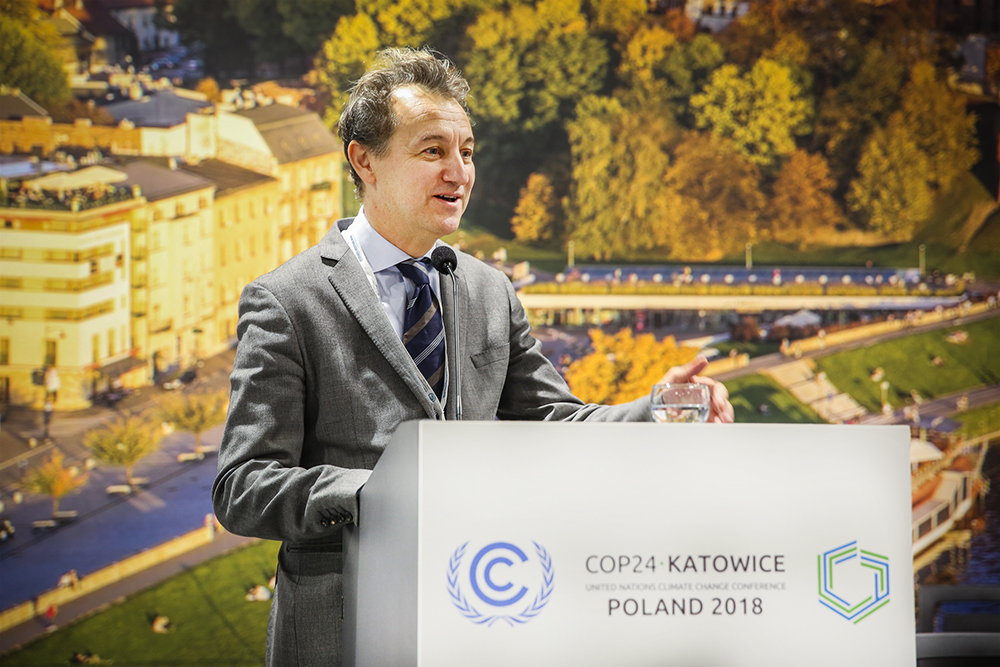
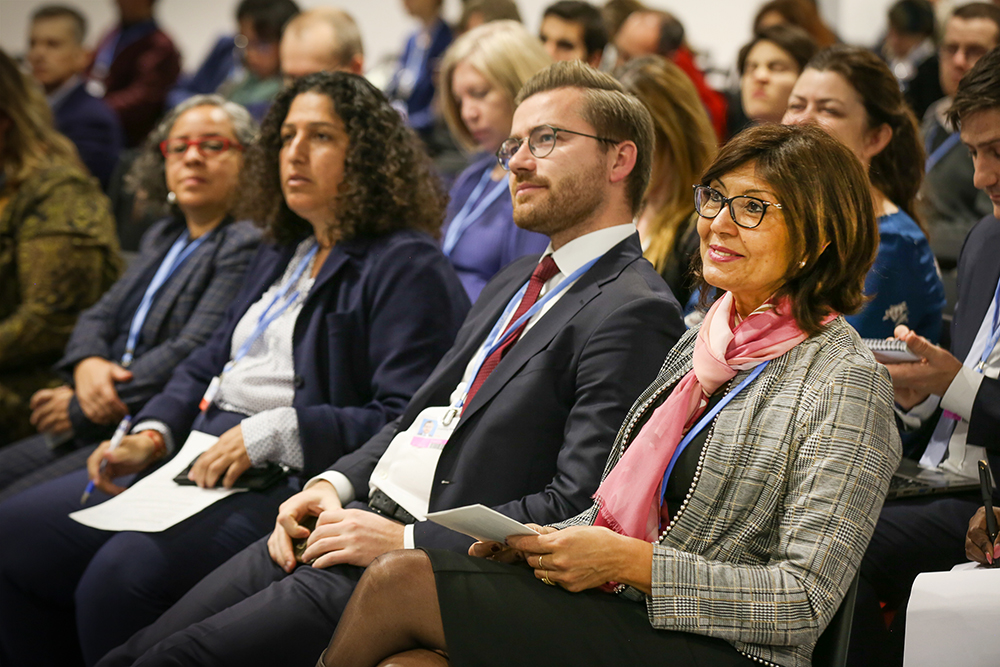
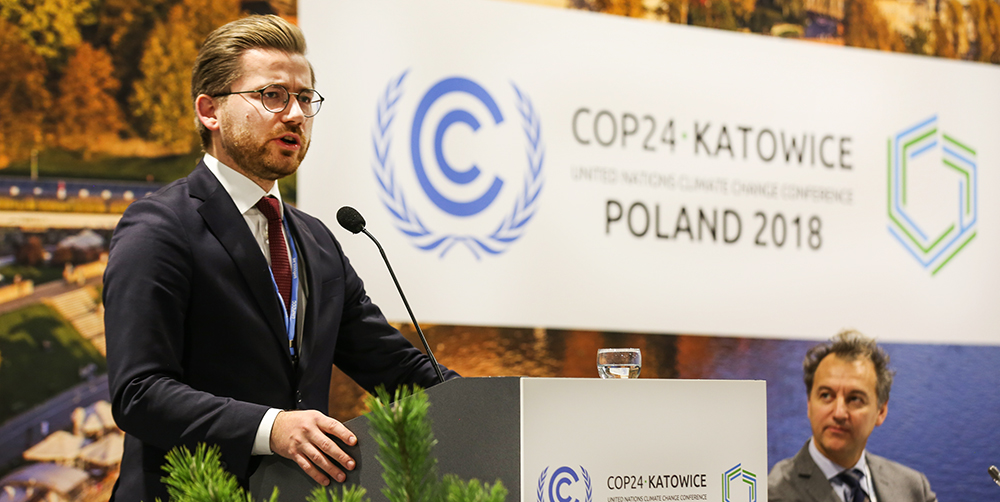
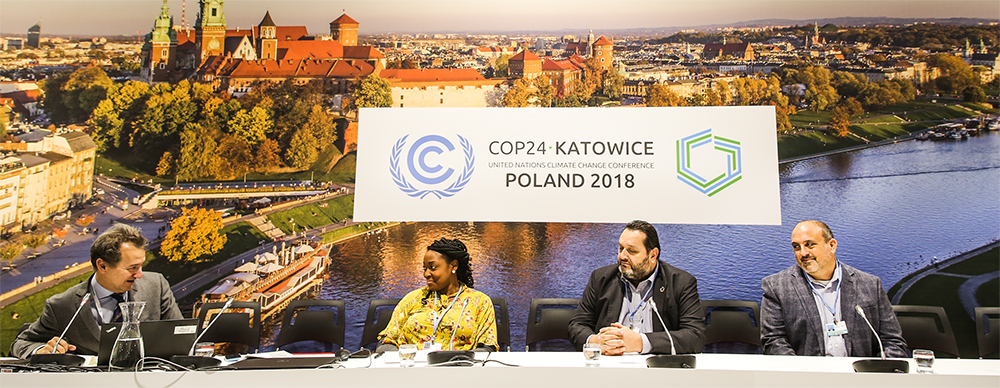
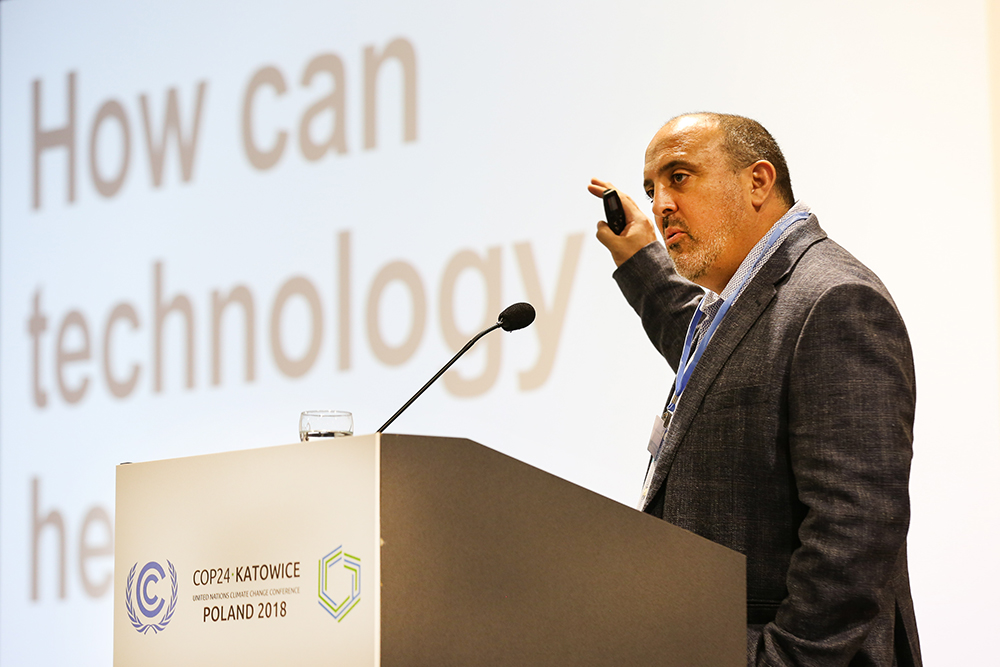
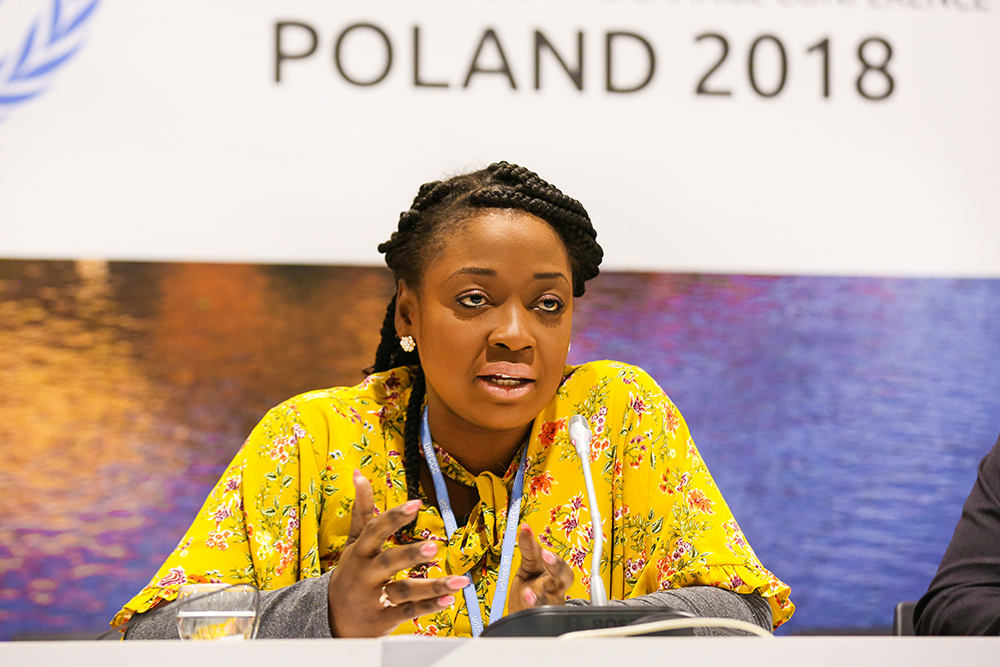
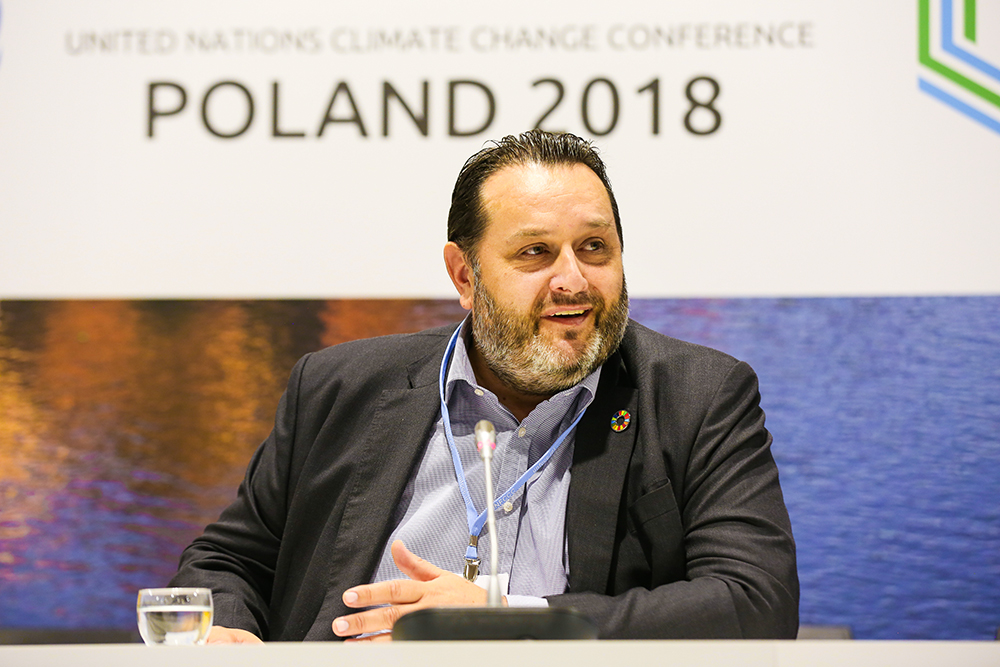
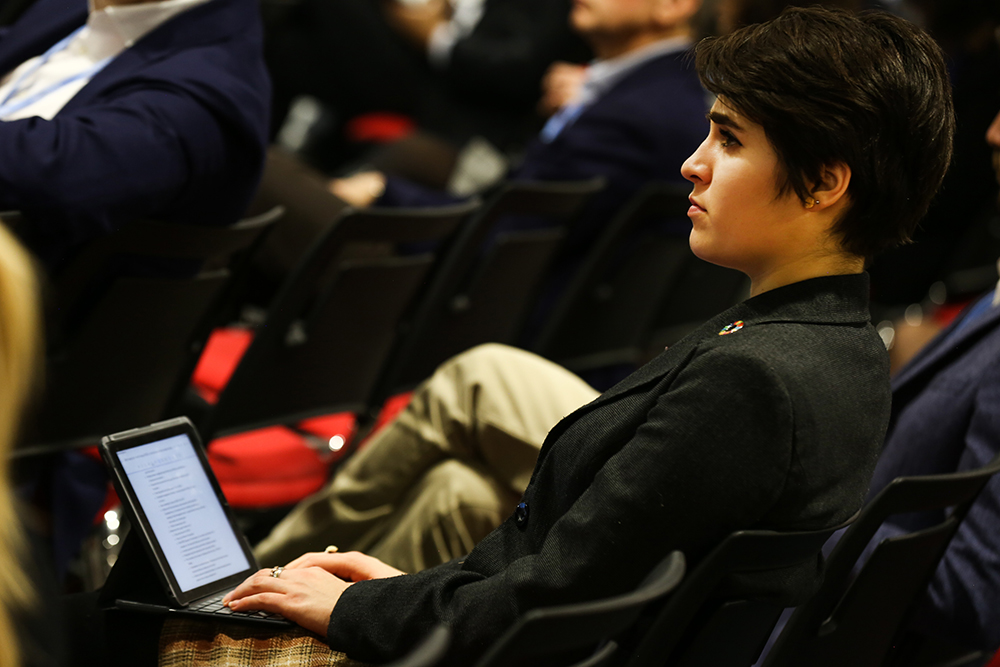
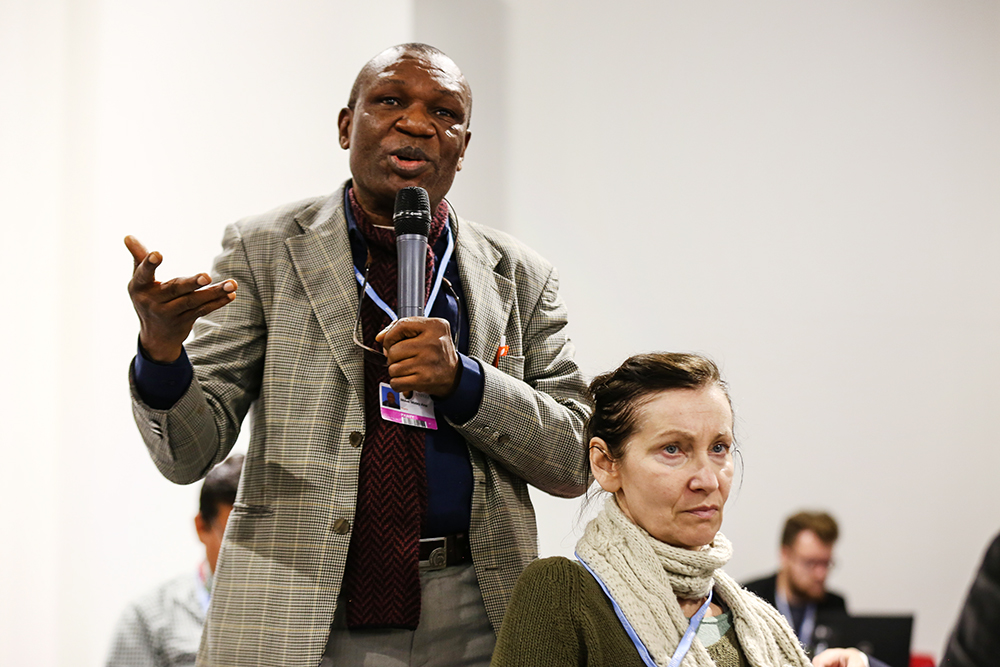

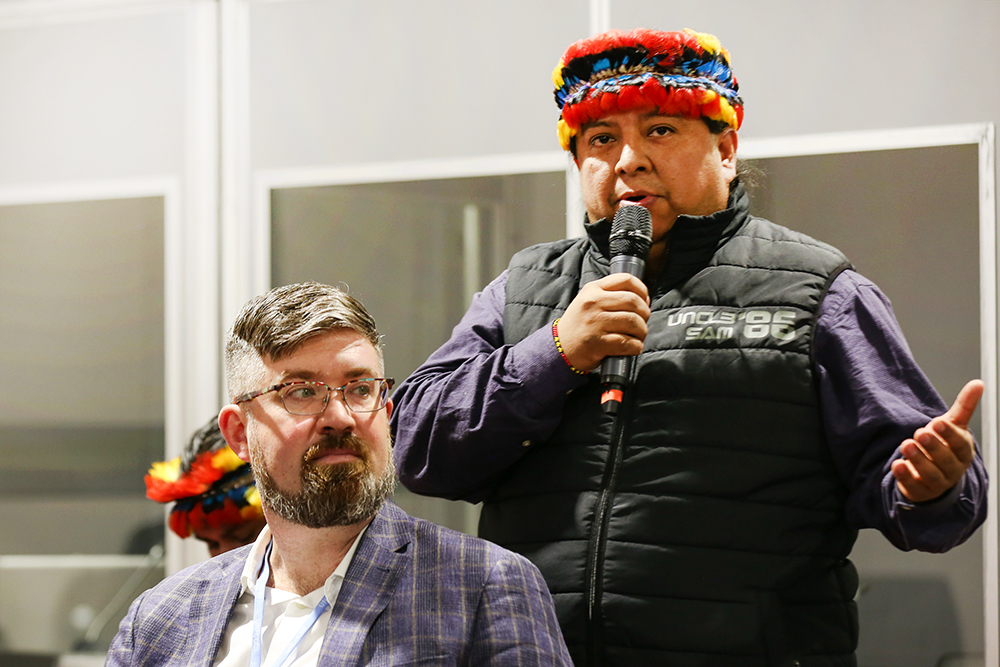
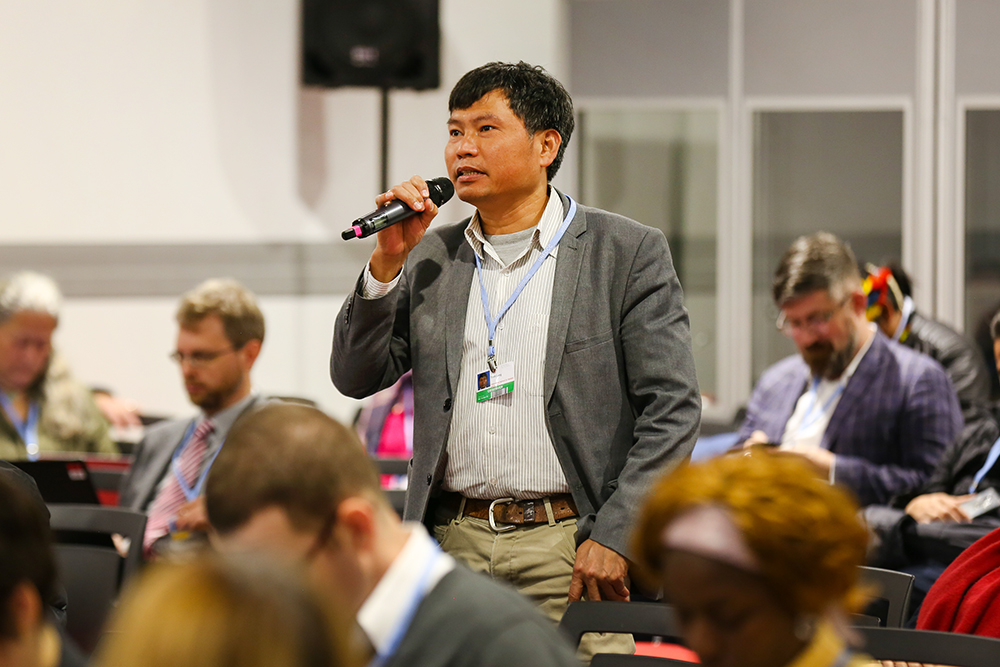
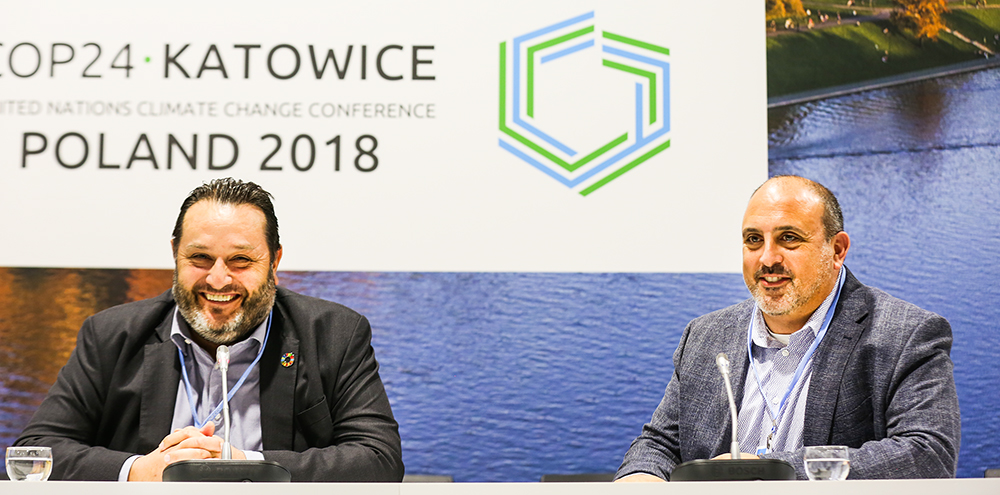
Speeding up the Cooldown: Scaling up Regenerative Solutions to Climate Change
Presented by Biovision, IFOAM-Organics International, the Organic Consumers Association (OCA), Regeneration International and Shumei International
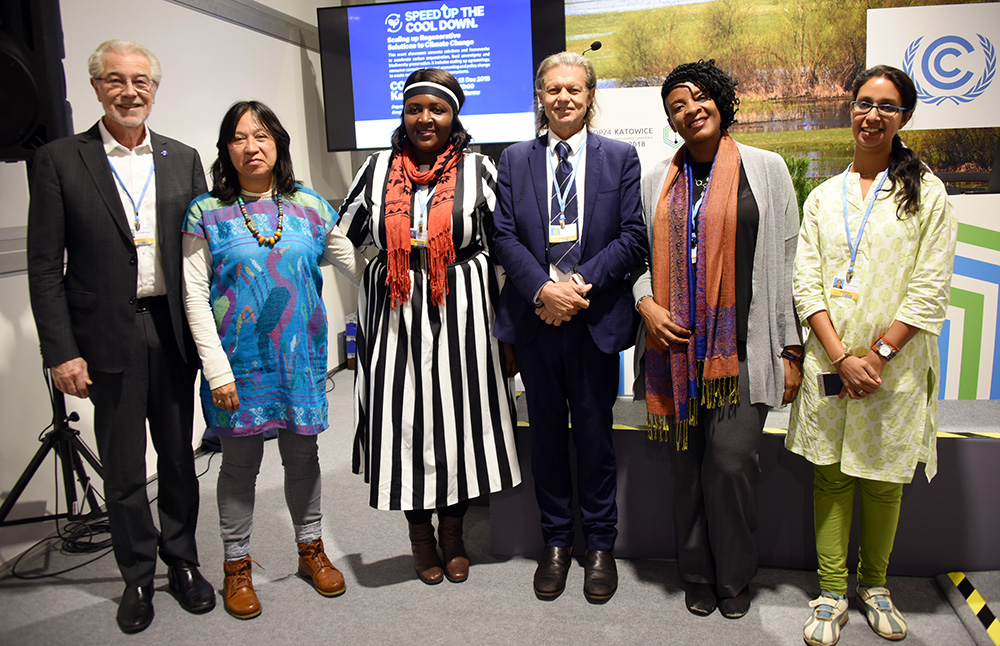
This event focused on showcasing concrete “shovel-ready” solutions and frameworks to accelerate carbon sequestration, food sovereignty and biodiversity preservation. Panelists discussed efforts to scale up agroecology, consumer campaigns, true cost accounting and policy change to create resilient communities and ecosystems.
Precious Phiri, Founding Director, EarthWisdom Consulting Co., Zimbabwe, moderated the event, noting that the solution to climate change lies in collective action.
Shamika Mone, Treasurer, OFAI, said that India views climate change as a Western problem, but stressed that science points to global anthropogenic climate change. She underscored that the awareness in the country needs to be raised to ensure that people link climate change with food insecurity, water shortages, and relocations due to sea-level rise in coastal communities. Pointing to chronic drought in more than 100 districts and related farmer suicides, she drew attention to a water conservation “peoples’ movement” to address water shortages, and called attention to the role of rice paddies in controlling temperature. She highlighted the reintroduction of traditional rice varieties, noting that local governments are providing funding to small scale farmers to return to traditional organic paddy farming, with climate co-benefits.
André Leu, International Director, Regeneration International, Australia, explained the urgency of climate change in the agriculture sector, stressing that at 1°C of warming, the earth is already experiencing unprecedented heat waves and flooding events. He underscored that the soil is the second largest CO2 reservoir after the ocean, and underlined the need to sequester 17Gt of carbon per year. He described pasture cropping, which increases soil nutrients while also sequestering 80Gt of carbon per year. He also highlighted Biologically Enhanced Agricultural Management (BEAM) which can be applied at any level of agriculture and has high sequestration potential; and drew attention to regenerative or holistic grazing, noting that all these agricultural practices would reverse climate change.
Mercedes López Martinez, Director, Vía Orgánica, Mexico, noted the there is no civilization without migration, but highlighting that current migration is also due to climate impacts, which have an impact on food security, poverty, and unemployment. She shared experiences of aligning migration with regeneration practices, noting that these projects employ migrants in agroecological projects in the Chiapas region and elsewhere, noting that these traditional agricultural practices are organic and sustainable. She highlighted regenerative projects that are replicable, as they generate income, and offer social regeneration by strengthening the community fabric.
Stating that the African farmer is overlooked, Barbara Hachipuka Banda, Founder and Director, Natural Agriculture Development Programme, Zambia, she stressed the need for more investment in agriculture. She shared that there was a lack of access to farming inputs and that women were excluded from the development conversations before her organization partnered with Shumei International, and highlighted partnerships with Regeneration International to enhance climate co-benefits, as well as address poverty and hunger. Noting that many times there is a lack of community ownership, she stressed that the “community is the project” and is the change factor in the whole climate change-agriculture equation. She described the no-cost farming initiative servicing over 5000 farmers in Zambia, the Gambia and Malawi, that encourages natural agriculture methods including mulching, land management, and utilizing cooperative models to enhance market access. She said drawing down carbon needs to be based on the partnerships and infrastructure support to push the initiative to scale and really make a difference.
Hans Herren, President, Biovision Foundation, Switzerland, discussed success factors for implementation, noting the need for momentum to drive the positive changes we hear about. He highlighted the Push-Pull Technology which reintroduces ecosystem services that have been replaced by machines. Stressing that the soil is a solution to the raising temperatures as well as food security, he said that once the soil is healthy the land becomes more resilient to drought and flooding. Outlining success factors for upscaling change in the climate-agriculture sphere, he called for:
- an inclusive process, which is needs-driven and multi-stakeholder in nature;
- long-term programmes as opposed to short-term projects, which points to a need for transformation policy; and
- partnerships among NGOs that pool resources together to implement common goals of food security.
He stressed that agriculture and food systems are the key to achieving climate change goals, but lamented that the UNFCCC process will take years to get “just the paperwork in order” and called for a paradigm shift in our approach to climate change, by connecting Nationally Determined Contributions to the Sustainable Development Goals.
In the discussion, participants, inter alia, queried the role of corporations in regenerative practices; called for information on how to measure farmers’ contribution to carbon sequestration; and highlighted the need for value-chain fairness to ensure farmers get a fair price.

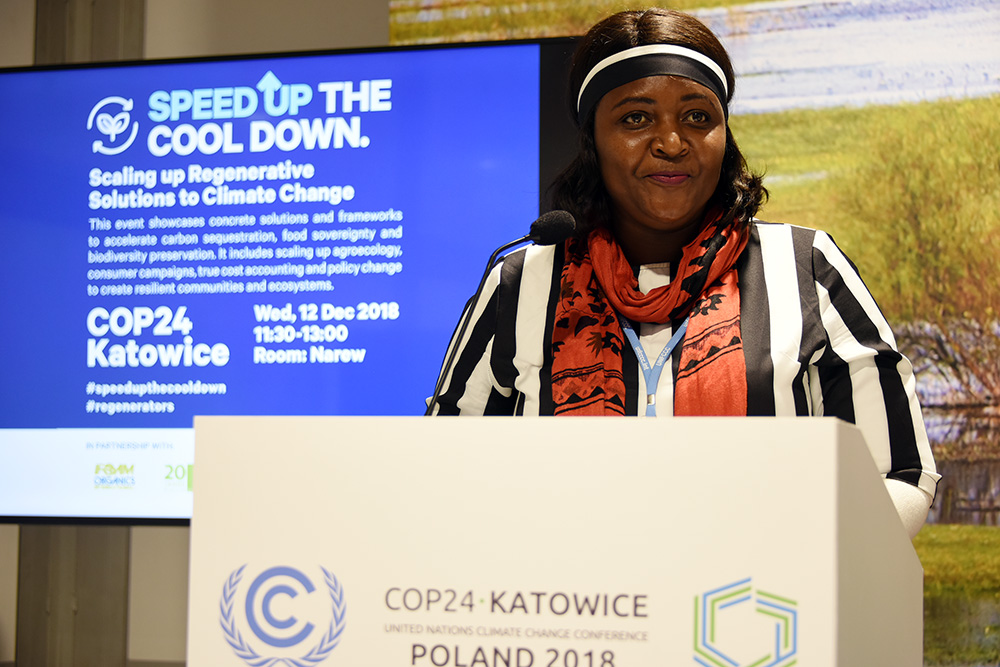
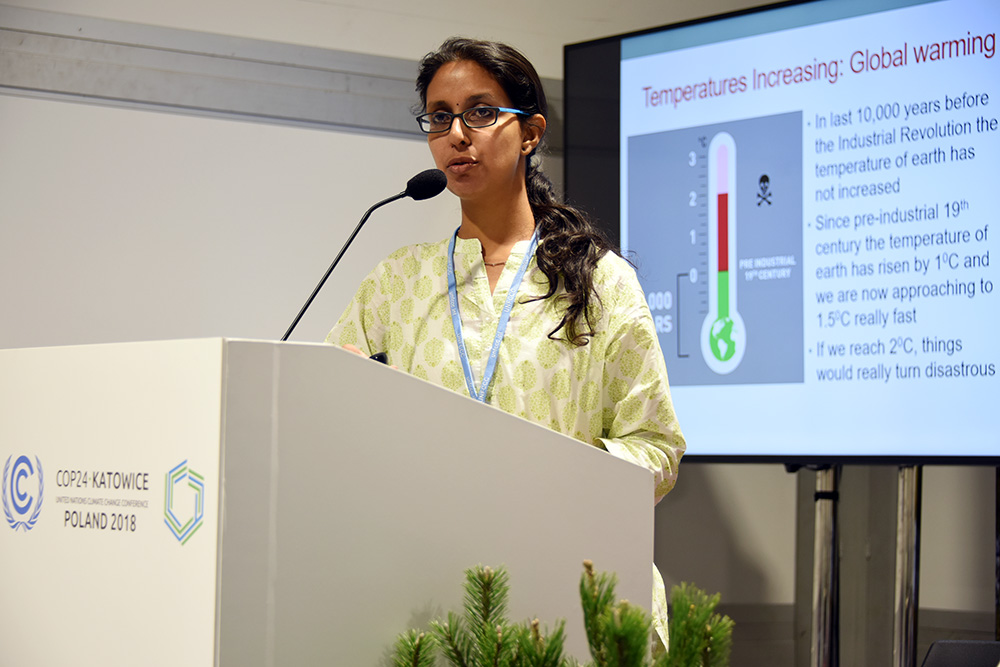
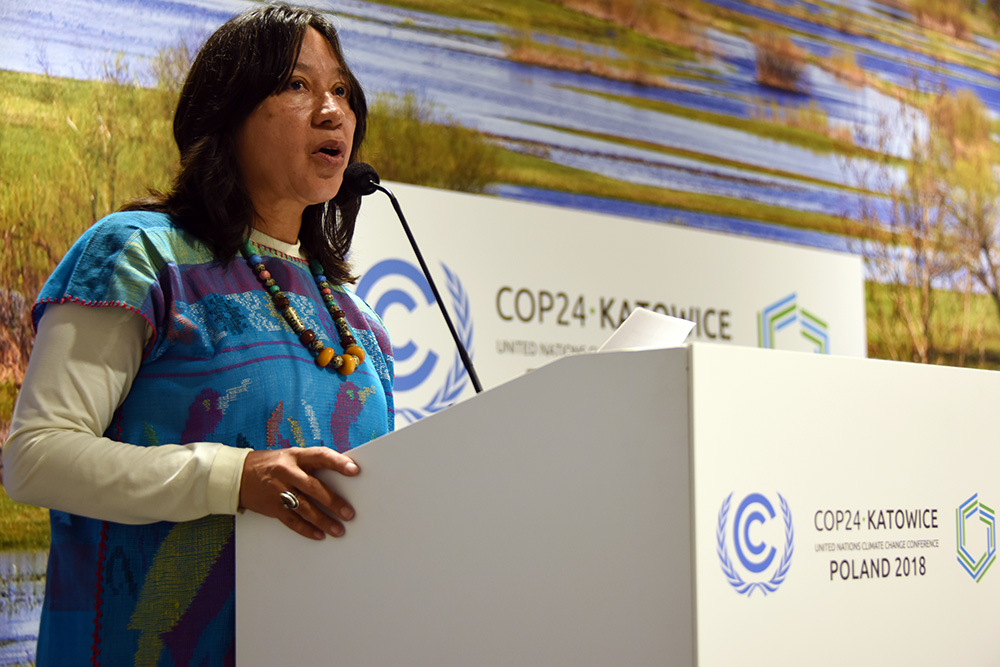
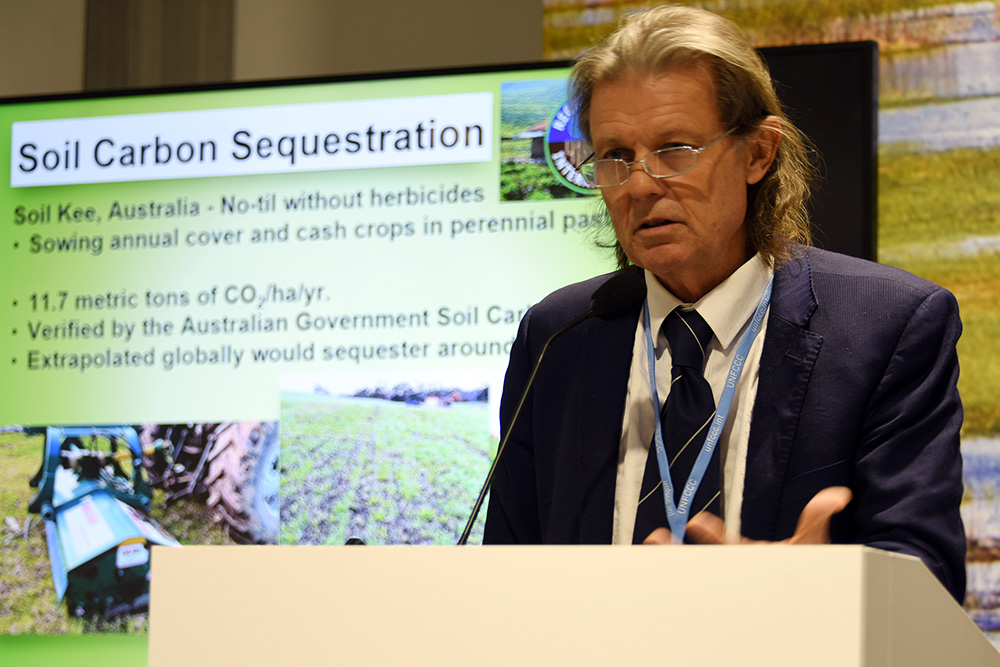
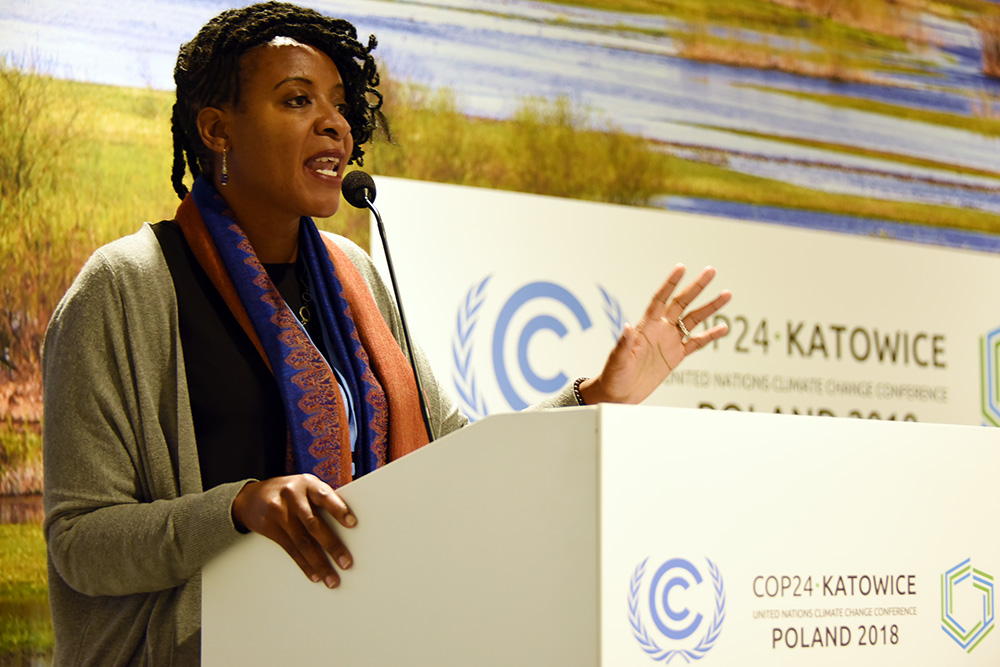
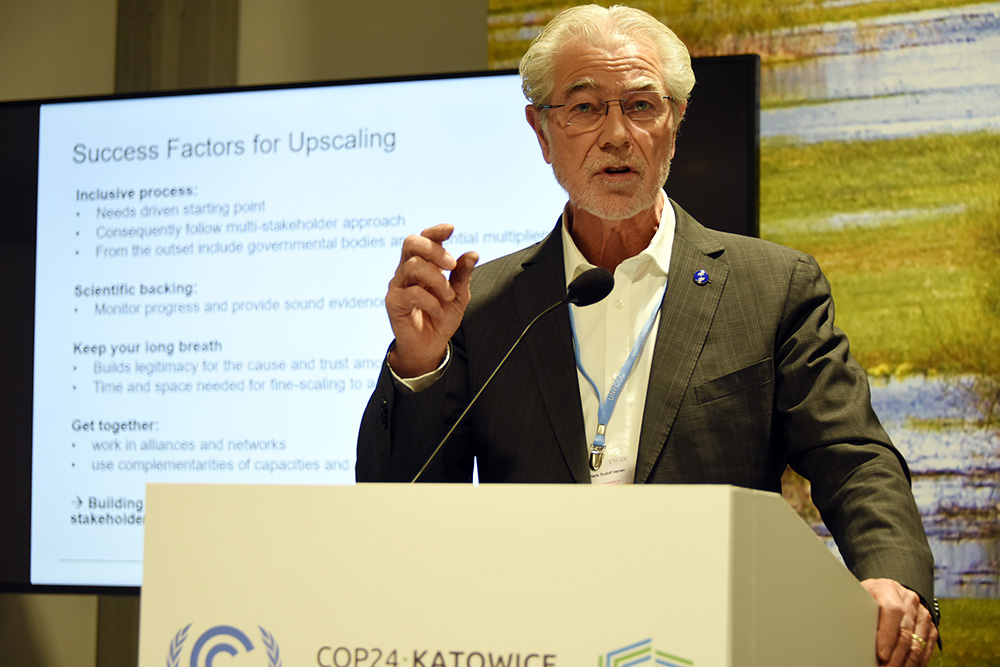
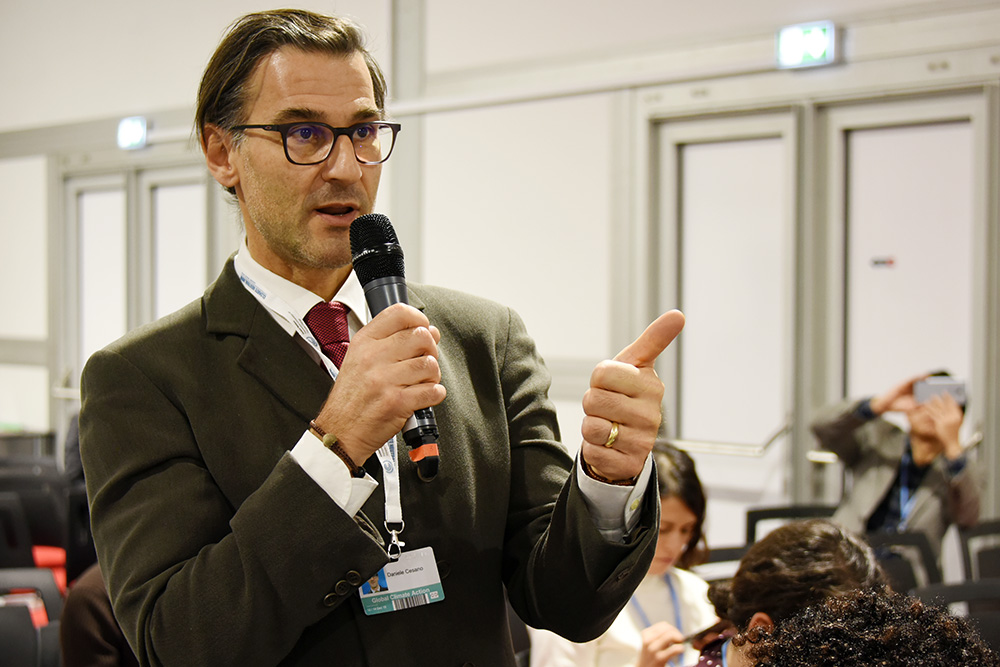

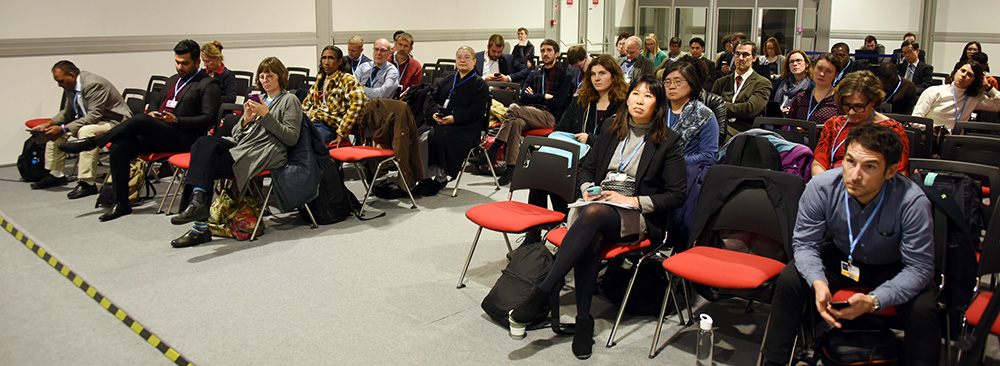
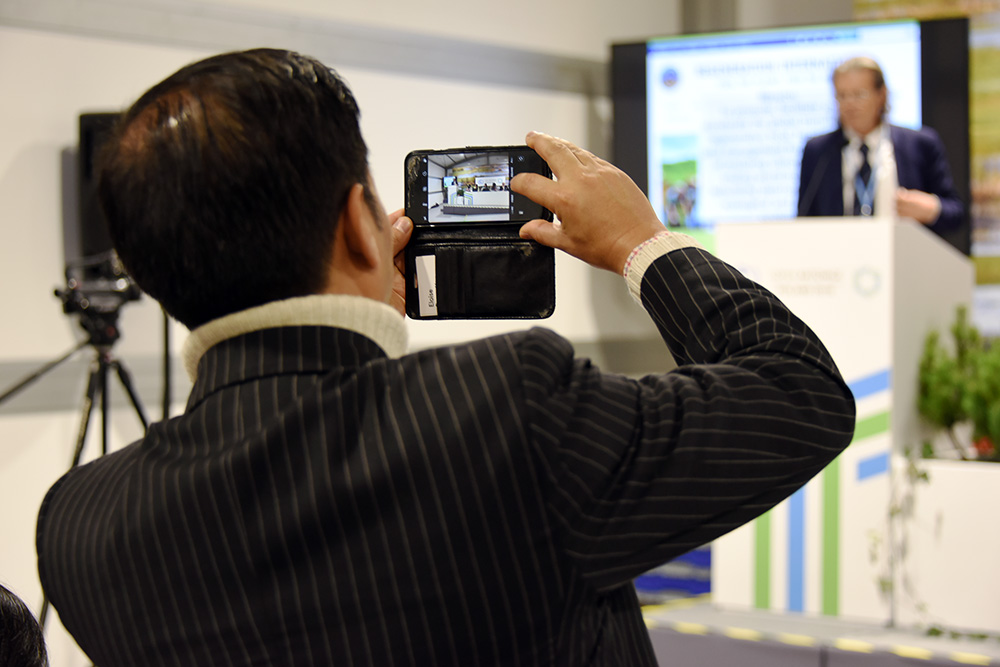
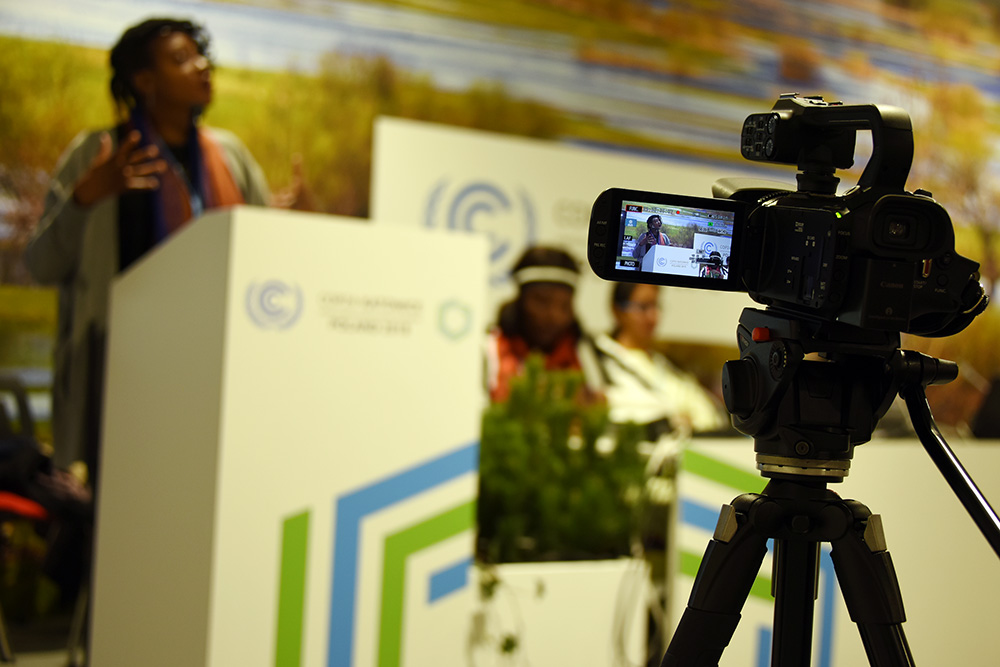


CONTACT
Brianne Chai-Onn | chaionnb@shumei-international.org
MORE INFORMATION
https://attend-emea.broadcast.skype.com/en-US/2a6c12ad-406a-4f33-b686-f78ff5822208/3e5459a4-610c-4420-a53c-ce44effe1b35/player?cid=4sqxjsfjgrivvxbtjegevc7zgfptvtdftp57eldaqu7an52ajsoq&rid=EMEA (click on join the event)
Clean and Renewable Energy, and Energy Efficiency
Presented by the State of Qatar
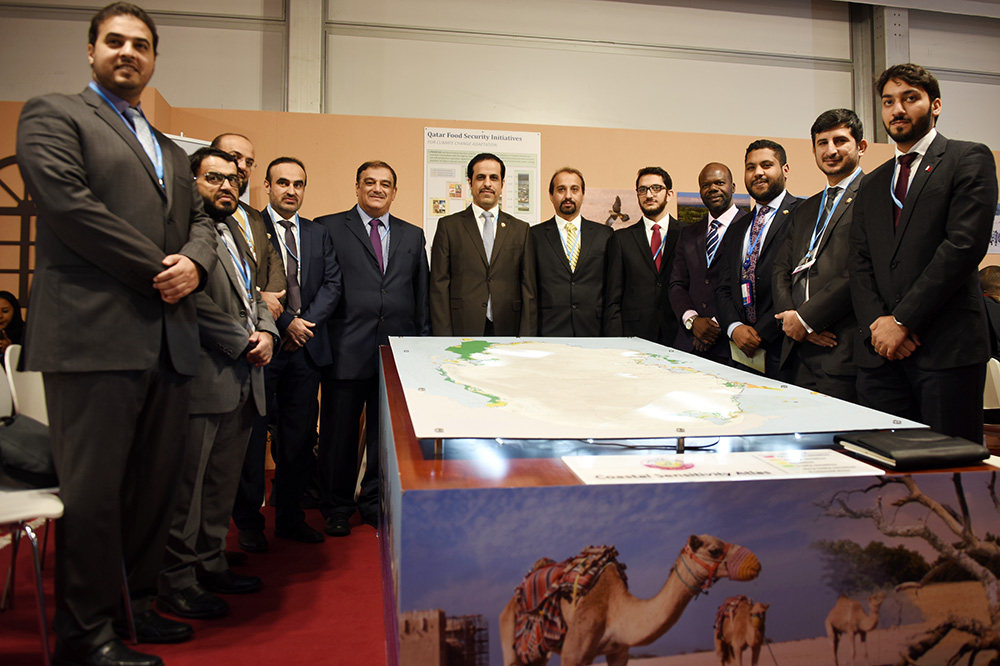
This event concerned the impacts of climate change in Qatar as well as various efforts which have been made by state and private partners to drive a transition towards renewable energy and energy efficiency across the country, given that, at present, Qatar maintains oil and gas as significant presences in its energy mix.
Mohammed Al-Bader, Ministry of Municipality and Environment, Qatar, moderated the event.
Veronica Bermudez, Qatar Environment and Energy Research Institute (QEERI), presented on the potential effects of climate change on energy security in Qatar, as well as the research and development initiatives which have worked to mitigate negative impacts. Qatar, she noted, has a large energy sector, primarily concerned with oil and gas and noted the importance of reducing the country’s dependence on thermally-generated electric power by developing a clean energy portfolio. In particular, she described solar photovoltaics (PV) as a viable solution to this challenge, given that the country-level profiles of energy consumption are well-suited to the supply of solar power theoretically available. Raising the country’s target for 20% PV adoption by 2030, she said that water desalinization is a significant driver of energy demand in Qatar, and that any low-carbon energy pathway needs to account for its presence.
Abdul Aziz Al-Hammadi, Qatar General Electricity and Water Corporation (KAHRAMAA), presented on the theoretical demand for solar energy use in the Qatari energy mix. He mentioned that renewables’ presence has risen rapidly in the global energy landscape, and that solar PV will be more competitive and reach grid parity by 2030; meanwhile, fossil fuels will then no longer be profitable because of increased social and technical costs. He outlined Qatar’s commitments to: diversify its energy sources; decrease its dependency on natural gas; and lower its greenhouse gas (GHG) emissions. He also described the construction of a mega solar plant near Al-Kharsaa, which is projected to have a capacity of 700 MW by 2022. Al-Hammadi also described the issuance of a renewable energy policy, which will include feed-in tariffs for private citizens, and concluded by mentioning Qatar’s continued commitment to the creation of a renewable energy portfolio which can satisfy the needs of its citizens.
Maksymilian Kochanski, Research and Innovation Centre Pro-Akademia, Poland, reported back on the results of a research project concerning smart cities and behavioural changes as efforts to generate energy efficiency. He said that the “Step By Step” project was a pan-European project to encourage energy conservation behaviours by presenting homeowners with data about what practices their neighbours were adopting to reduce their energy use, thereby creating social pressure to adopt energy-efficient practices. The study found that after one year, one-third of commitments towards these practices were still being upheld. He explained the theory of social “nudges,” where behavioral change can be achieved not by imposing rules, but merely by informing citizens of the impacts of their actions and how they stand in comparison to their neighbours. The project concluded that: adopting energy-efficient home practices did make a significant difference in energy-related bills; increased knowledge in the community; avoided CO2 emissions; and lowered costs related to morbidity which would have occurred from the additional pollution. In other words, he explained, "it is possible to get a real decrease in energy consumption by using social pressure to put energy efficiency first."
Abdulhadi Nasser Almarri, Ministry of Municipality and Environment, Qatar, gave a presentation which explored recent efforts on the governmental level related to climate change adaptation and mitigation. He began by presenting Qatar’s National Climate Policy, detailing its objectives to: diversify economic pathways; reduce GHG emissions; create a new, dedicated department on climate change; and raise public awareness. He listed different adaptation measures being considered, including: greening and landscaping efforts; building wastewater treatment infrastructure; and increased coastal zone management efforts. He also described Qatar’s recent mitigation efforts, including: reducing gas flaring during extraction processes; an increased focus on renewable energy production; energy efficiency and reduction efforts; and carbon capture and sequestration efforts. Almarri concluded by presenting Qatar’s Nationally Determined Contribution to the Paris Agreement, highlighting its vision to “achieve socio-economic development with the basis of social justice and balanced cooperation between private and public activity.”
In Q&A sessions throughout the event, panelists answered questions about: other oil-producing countries’ CO2 emissions; the dynamics of water desalinization and electricity production; whether solar PV production fits to supply Qatar’s energy demands; technical specifications of solar farms; the factors which can influence energy demand; and the necessary transition measures between high- and low-carbon energy systems.
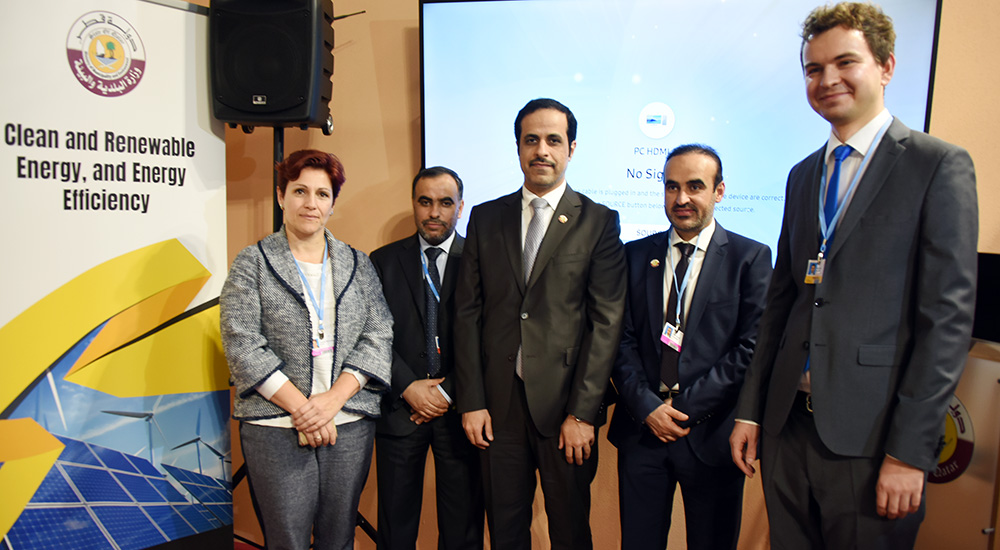
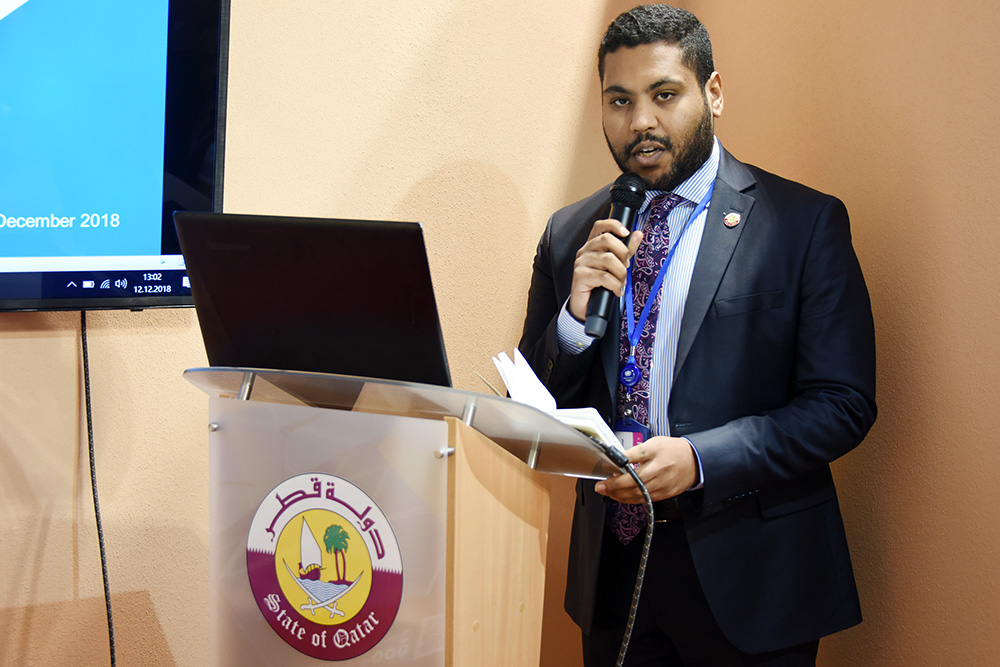
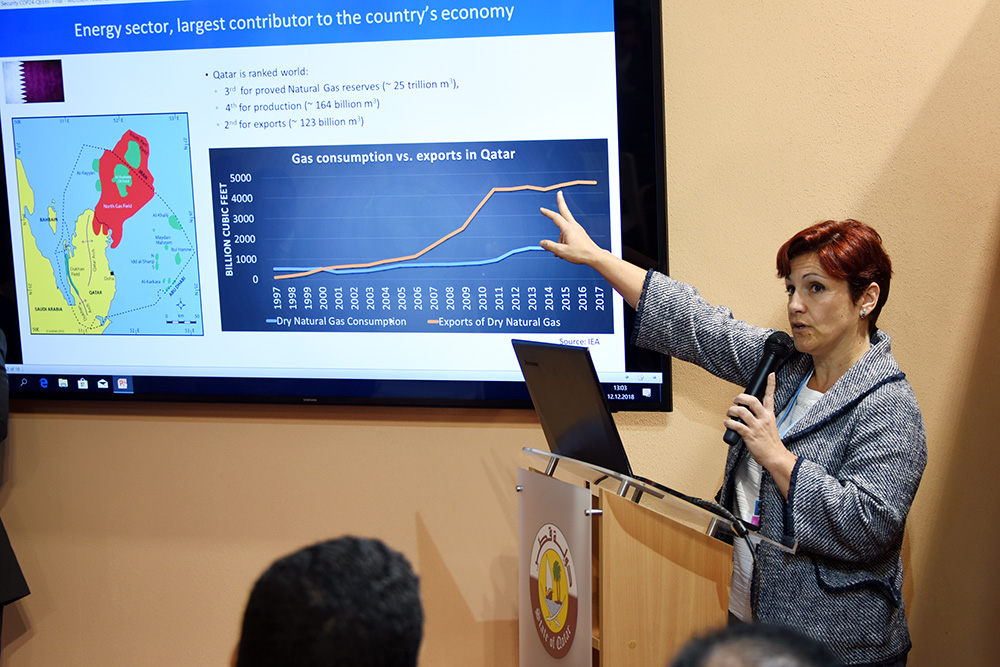
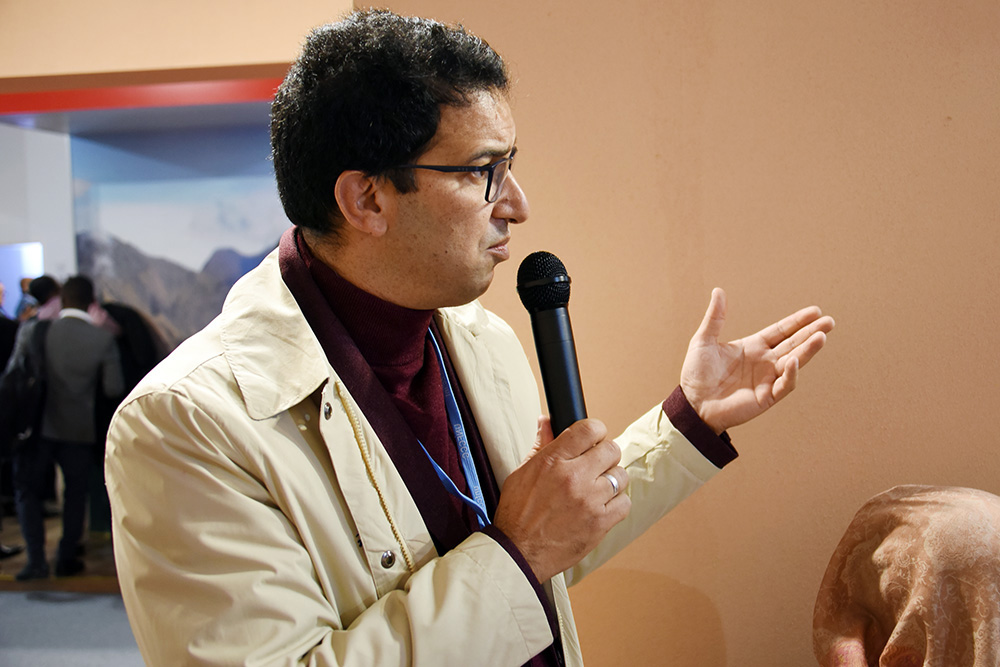
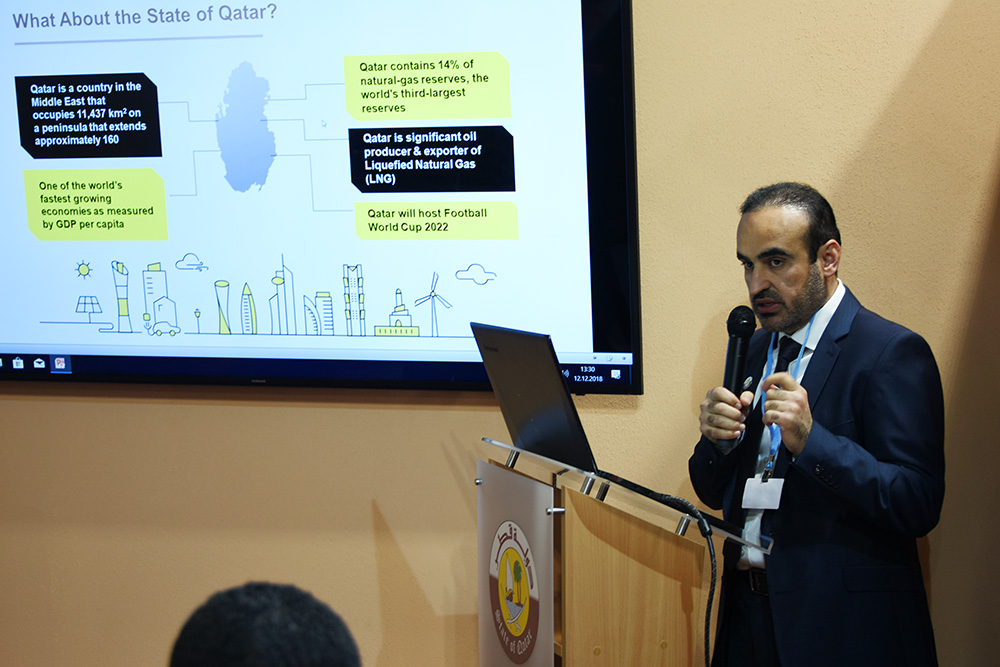
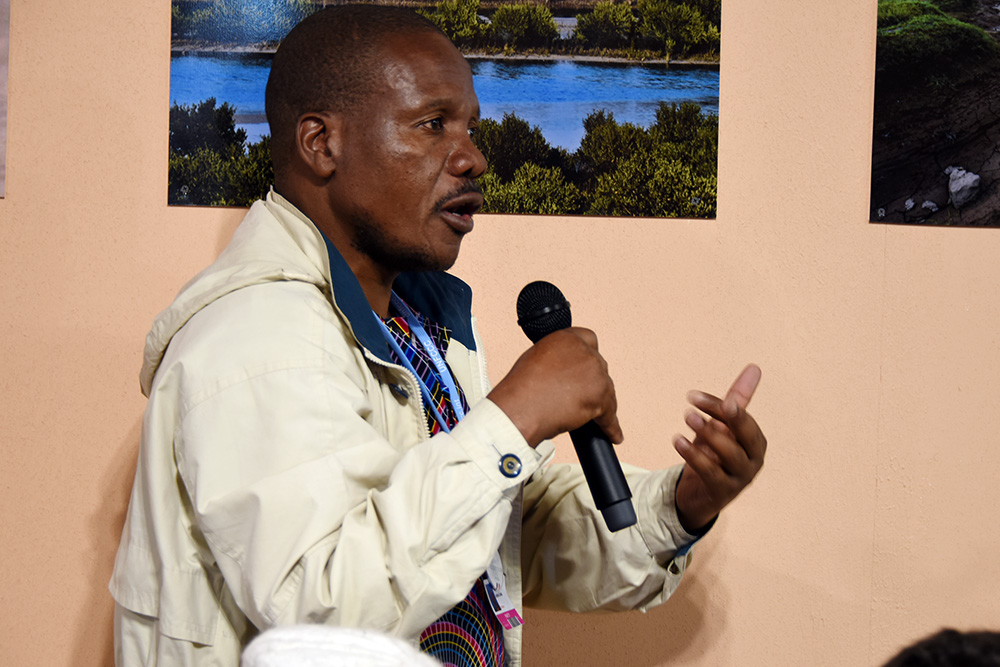
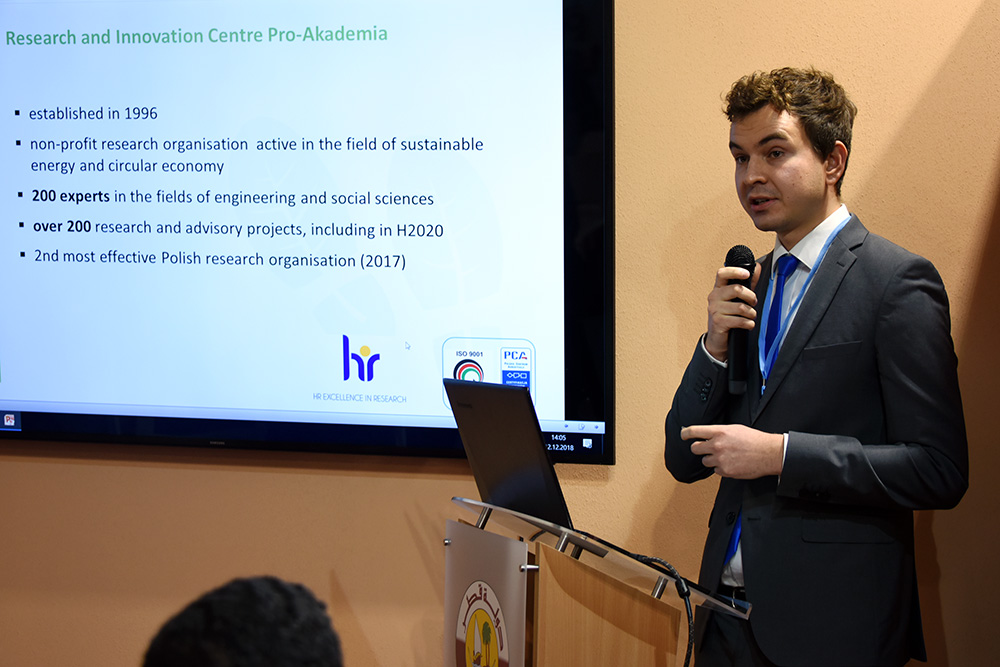
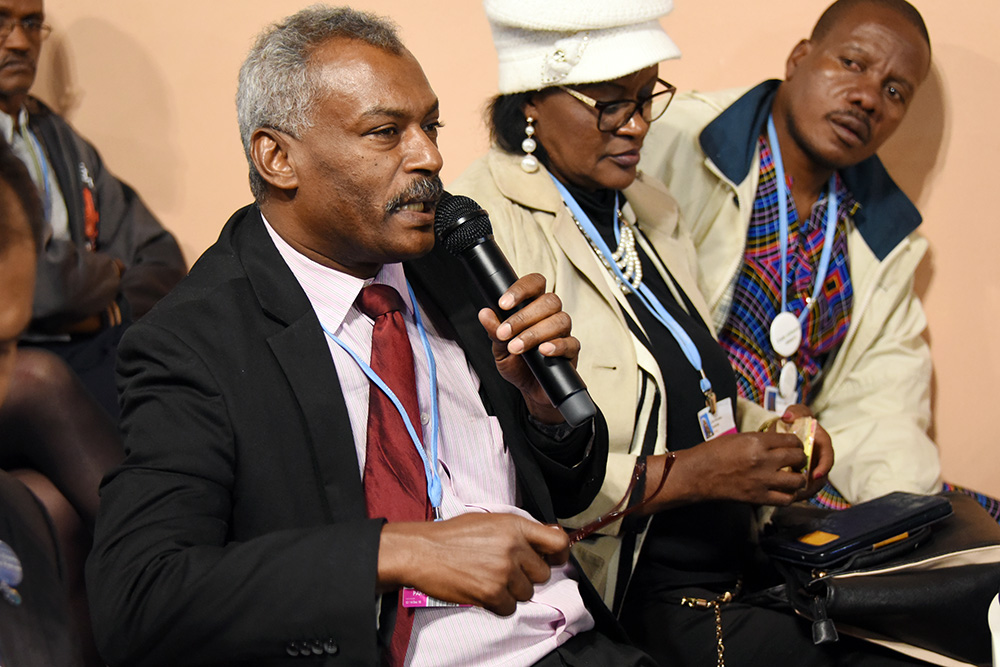
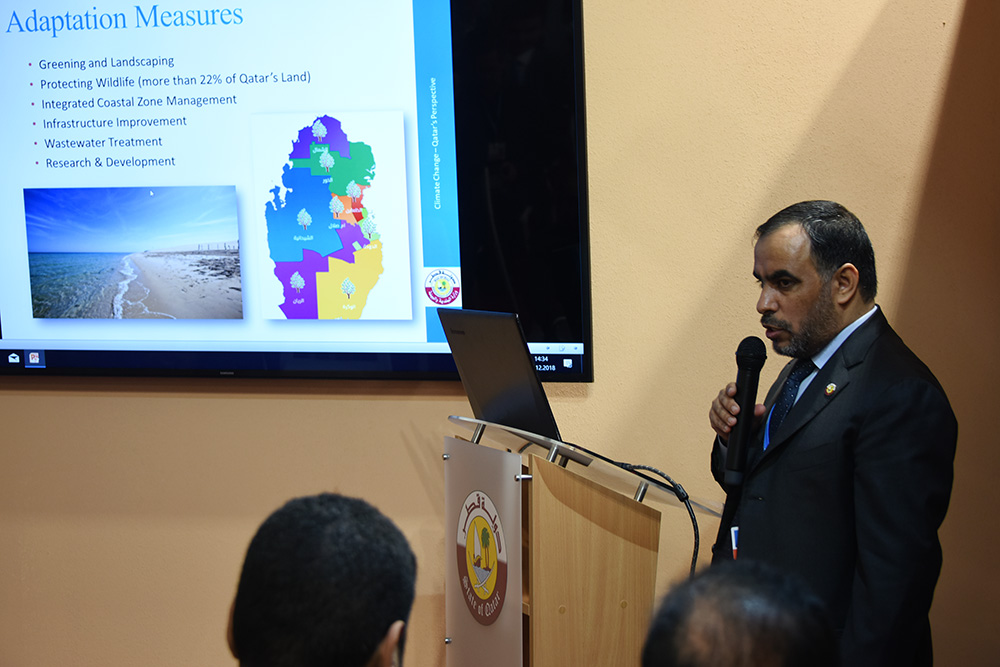
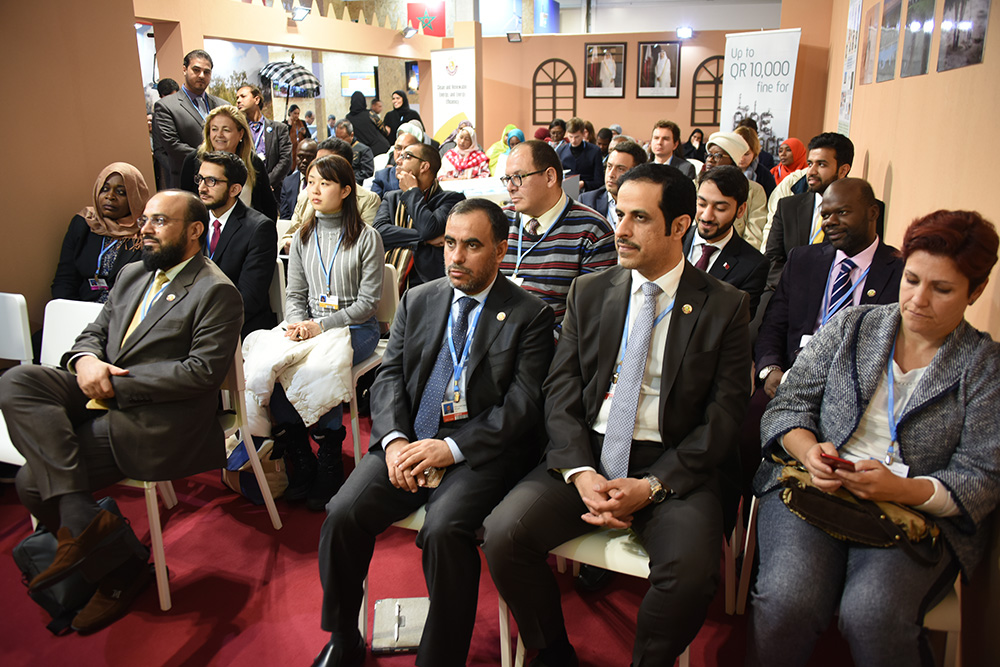
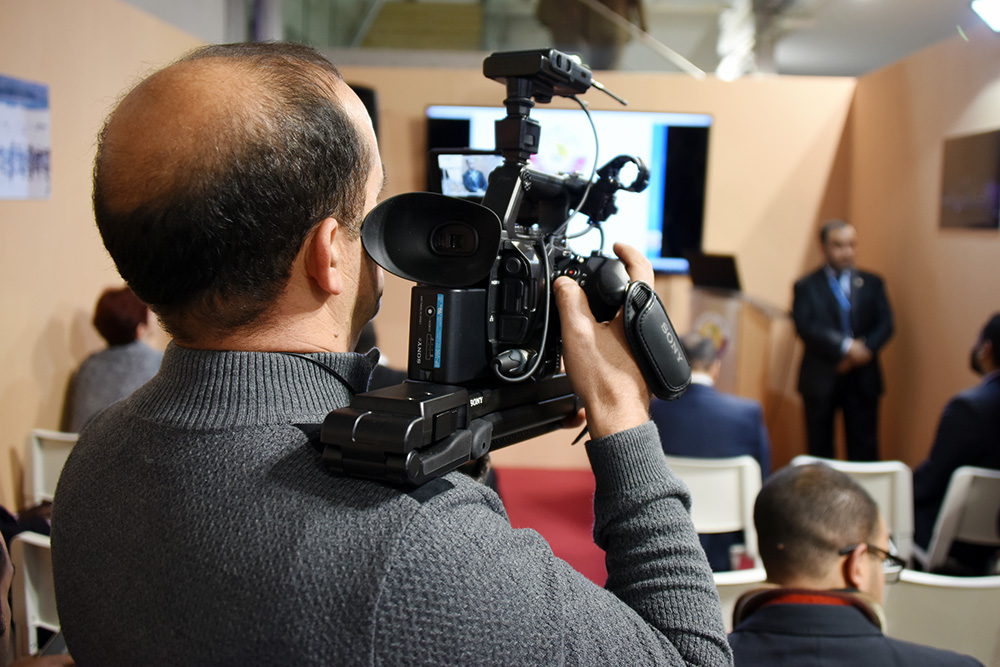
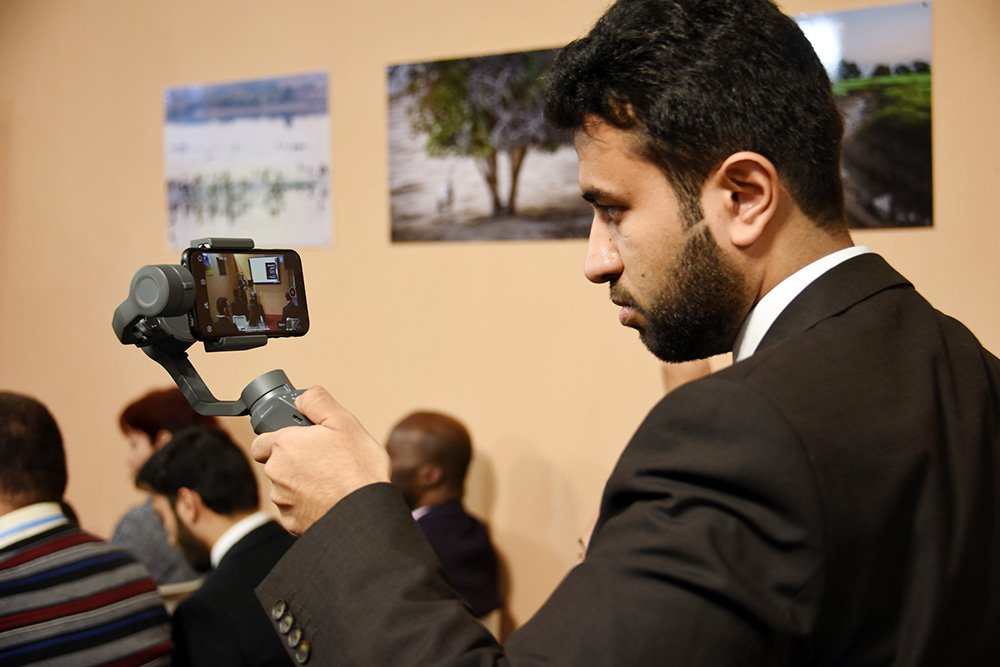
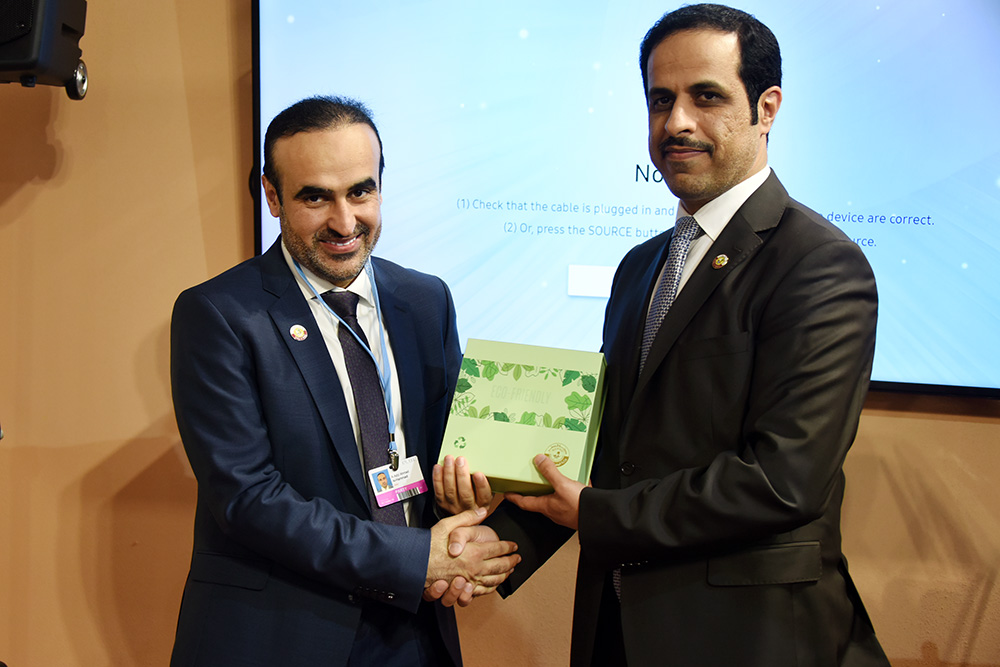
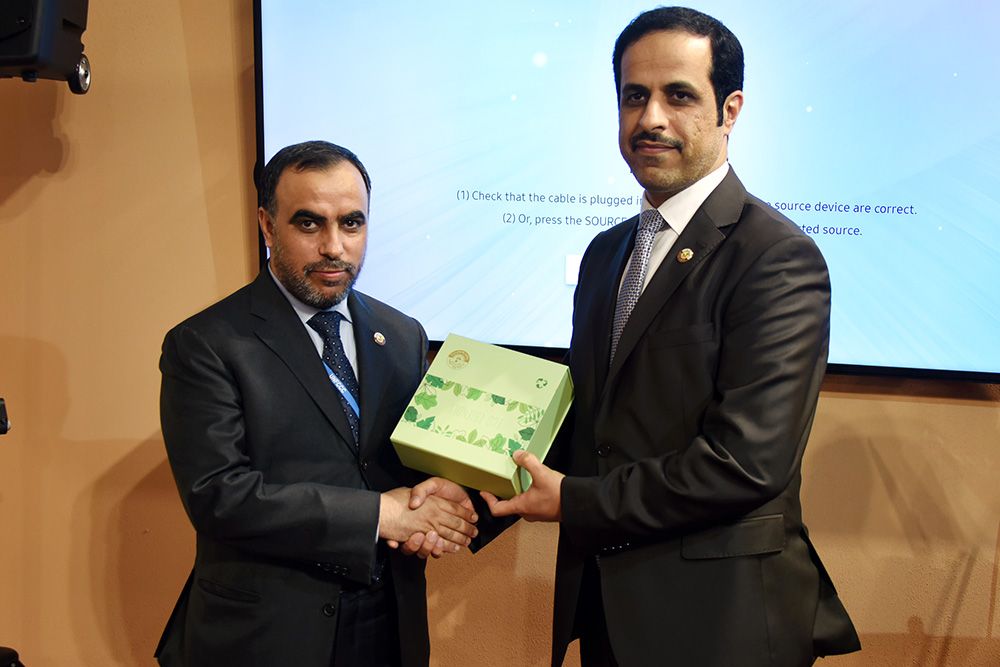
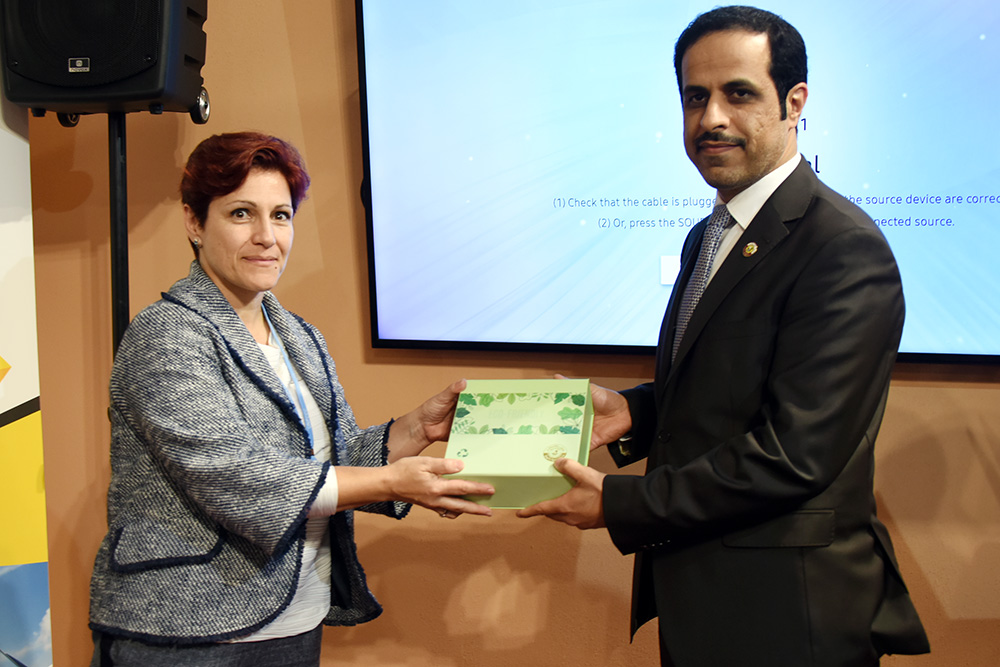
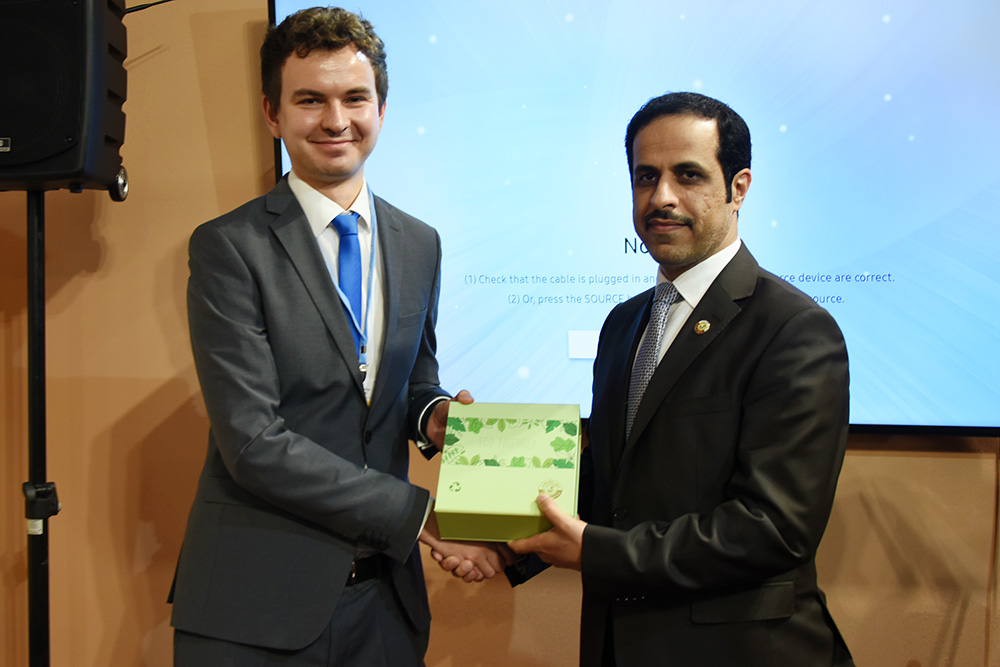
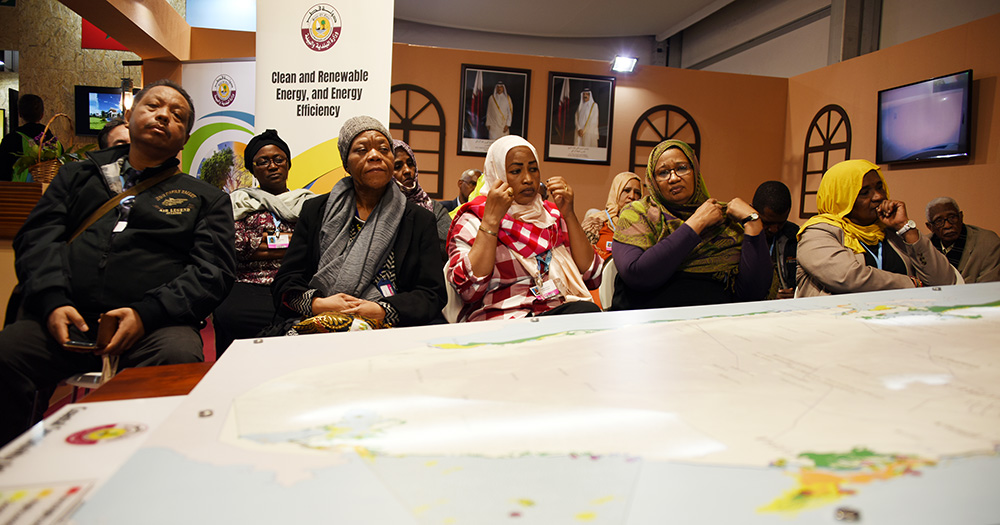
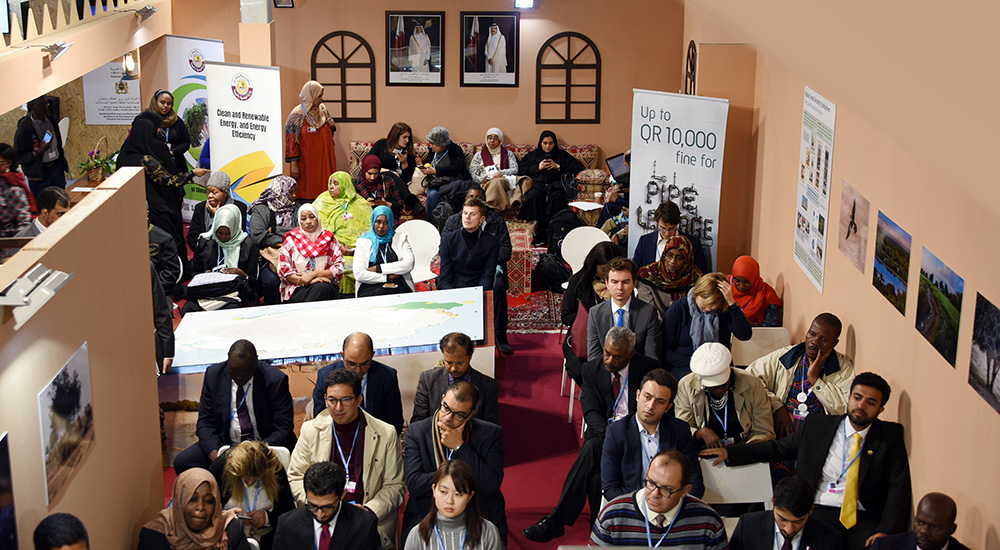
Around the Venue

